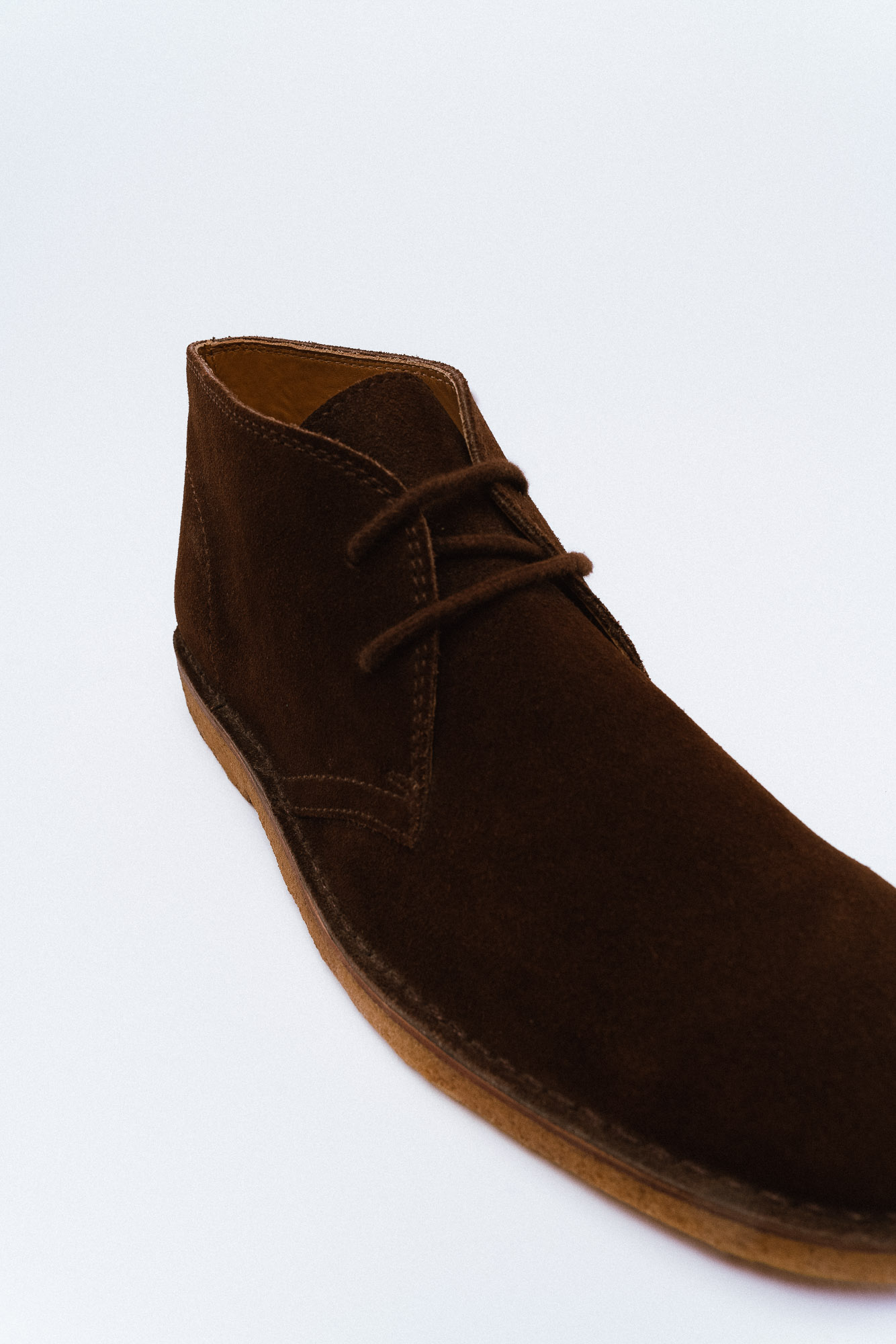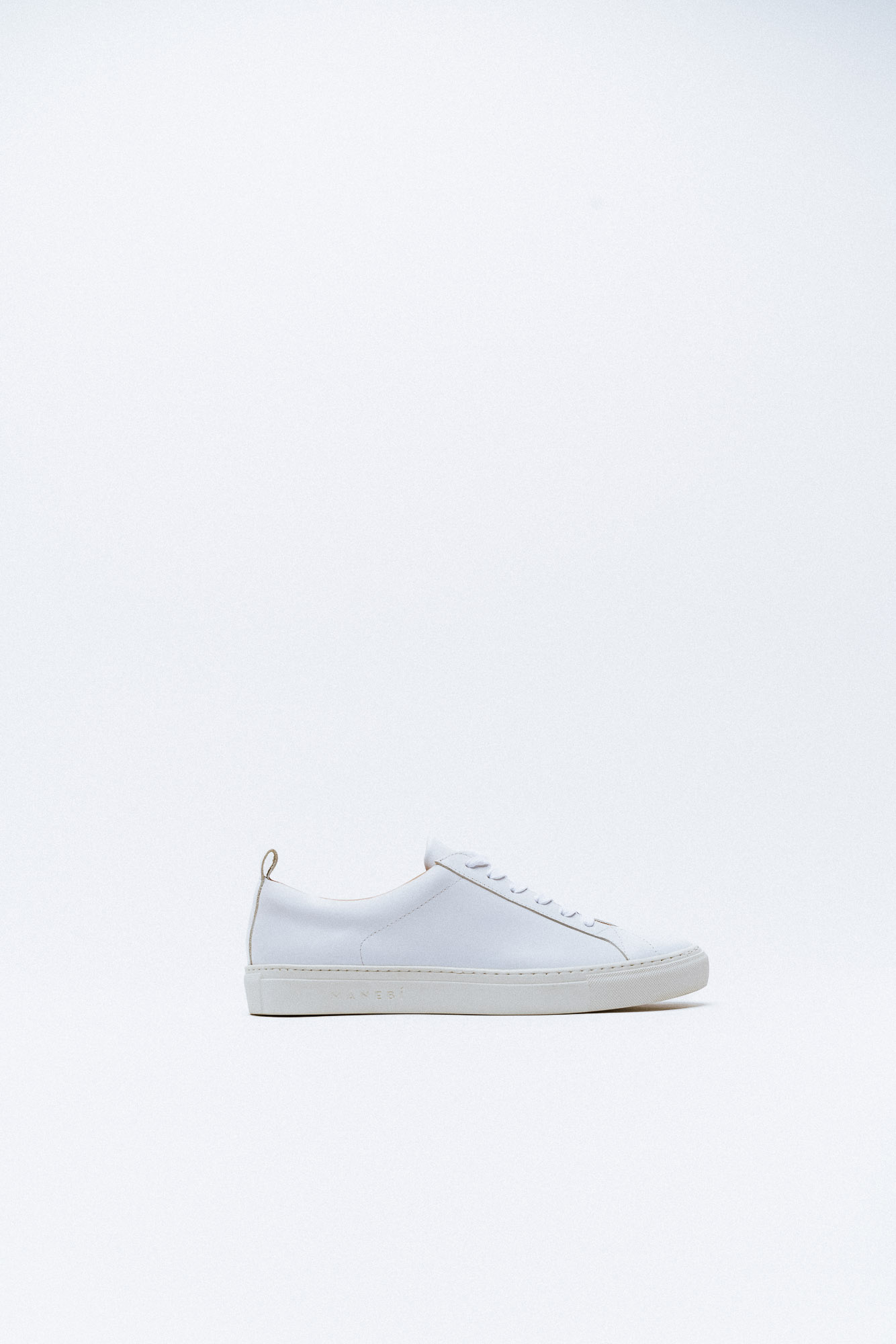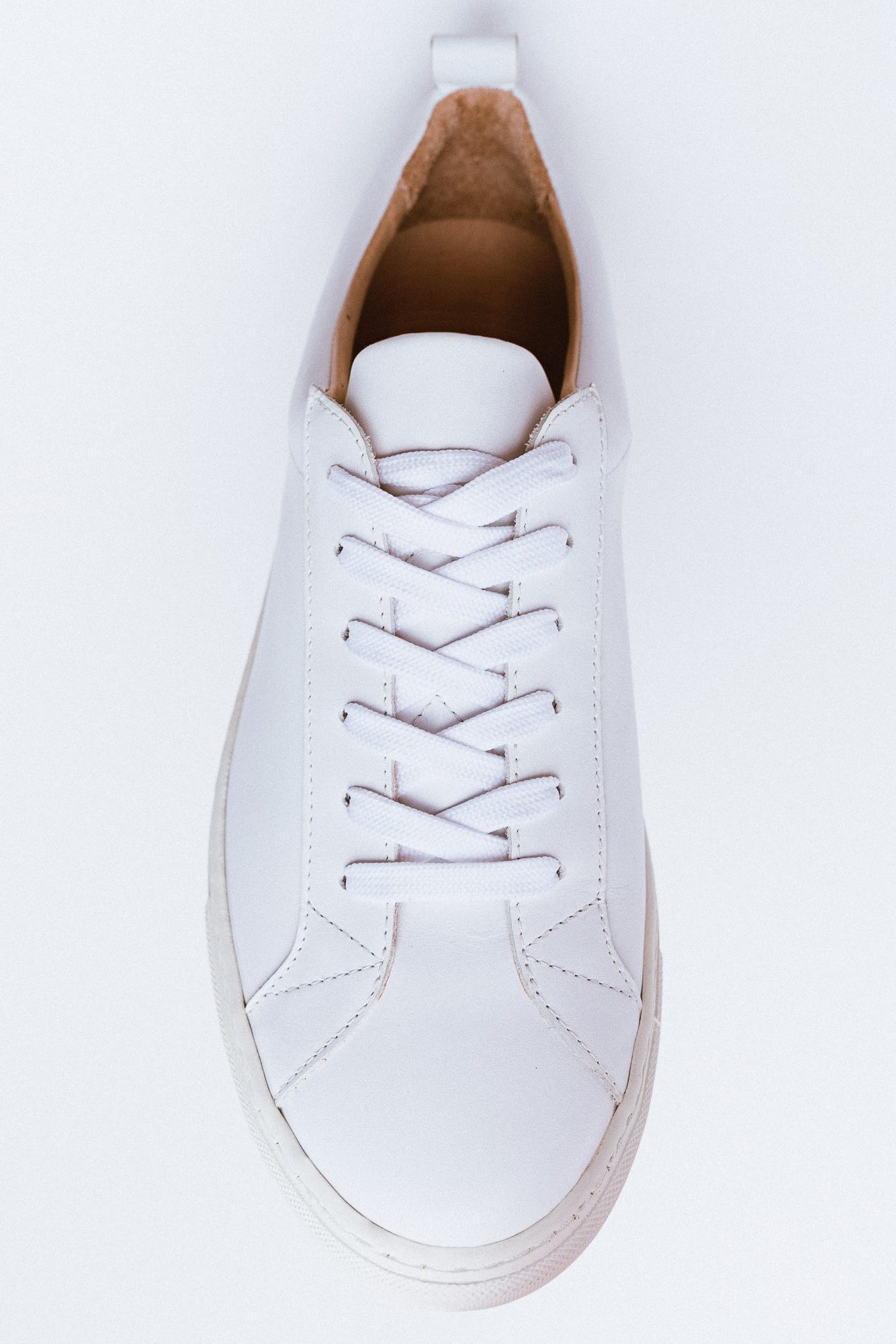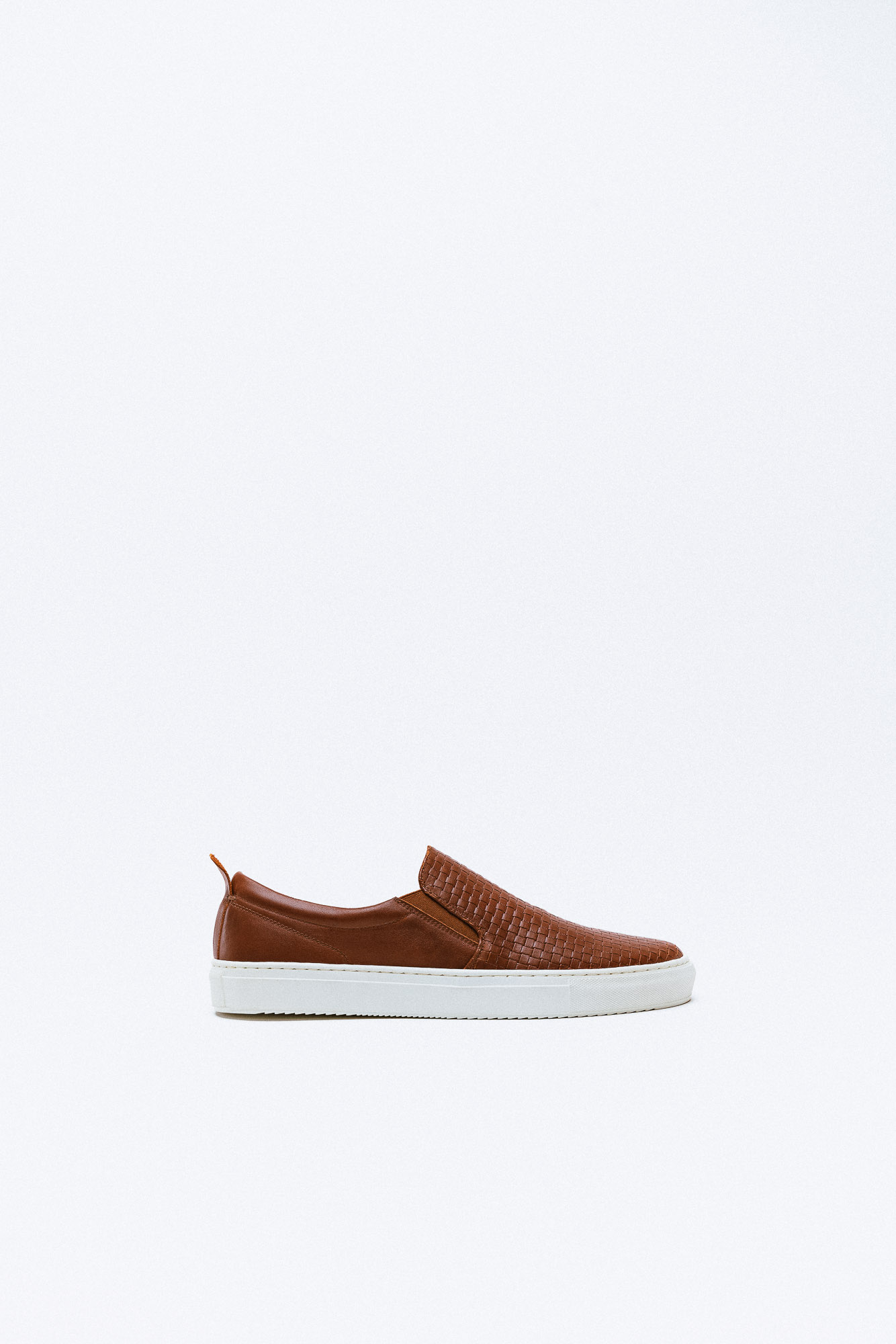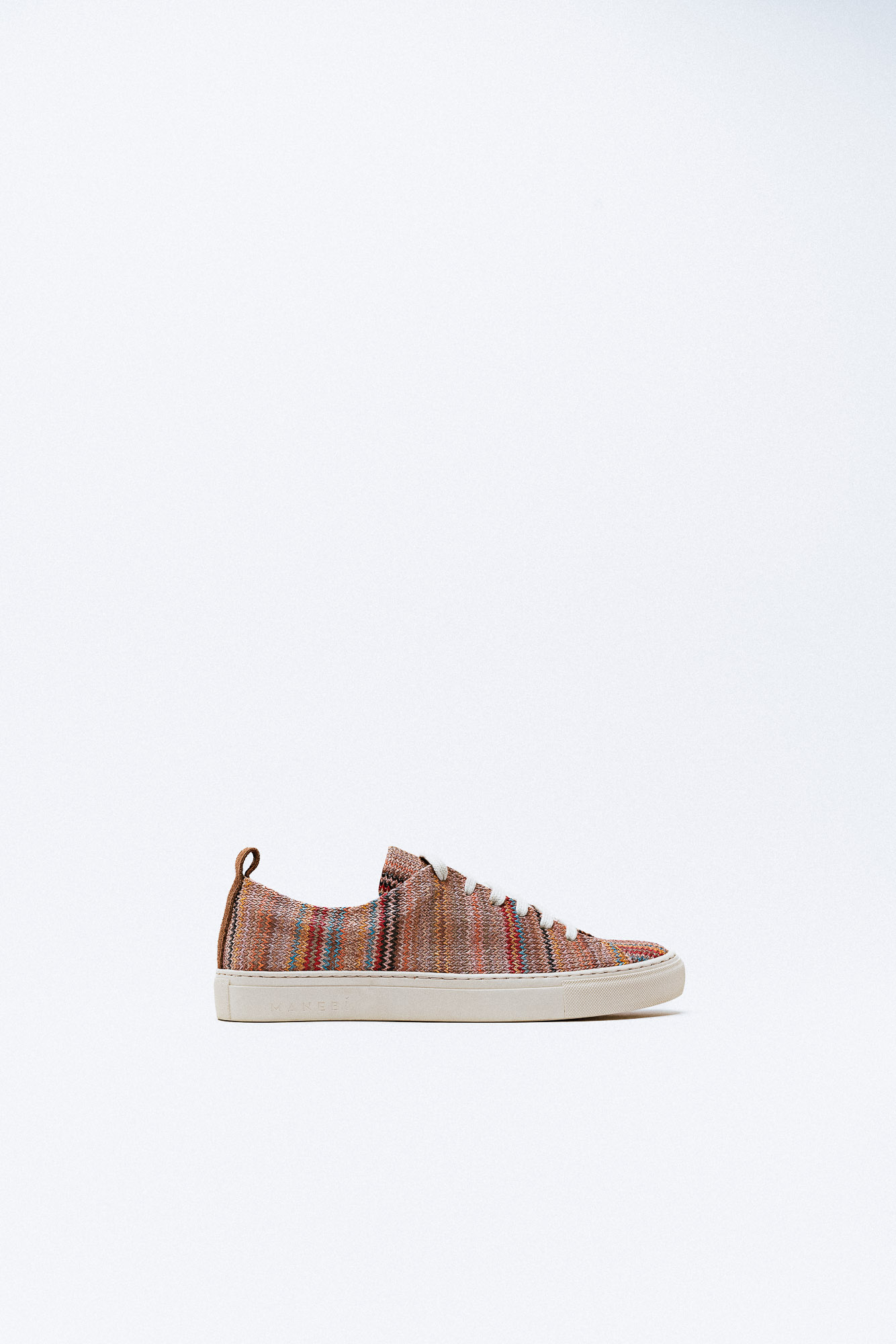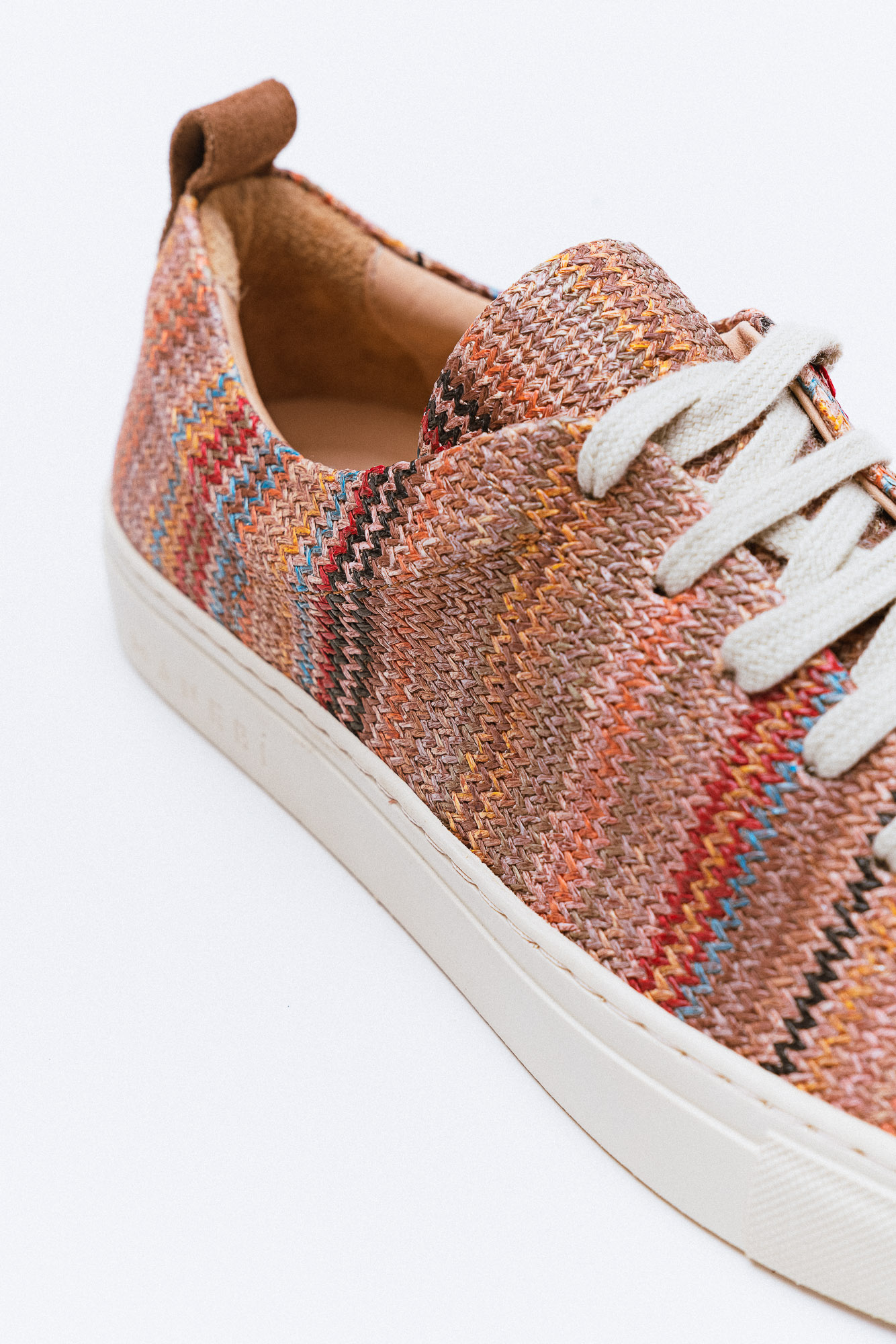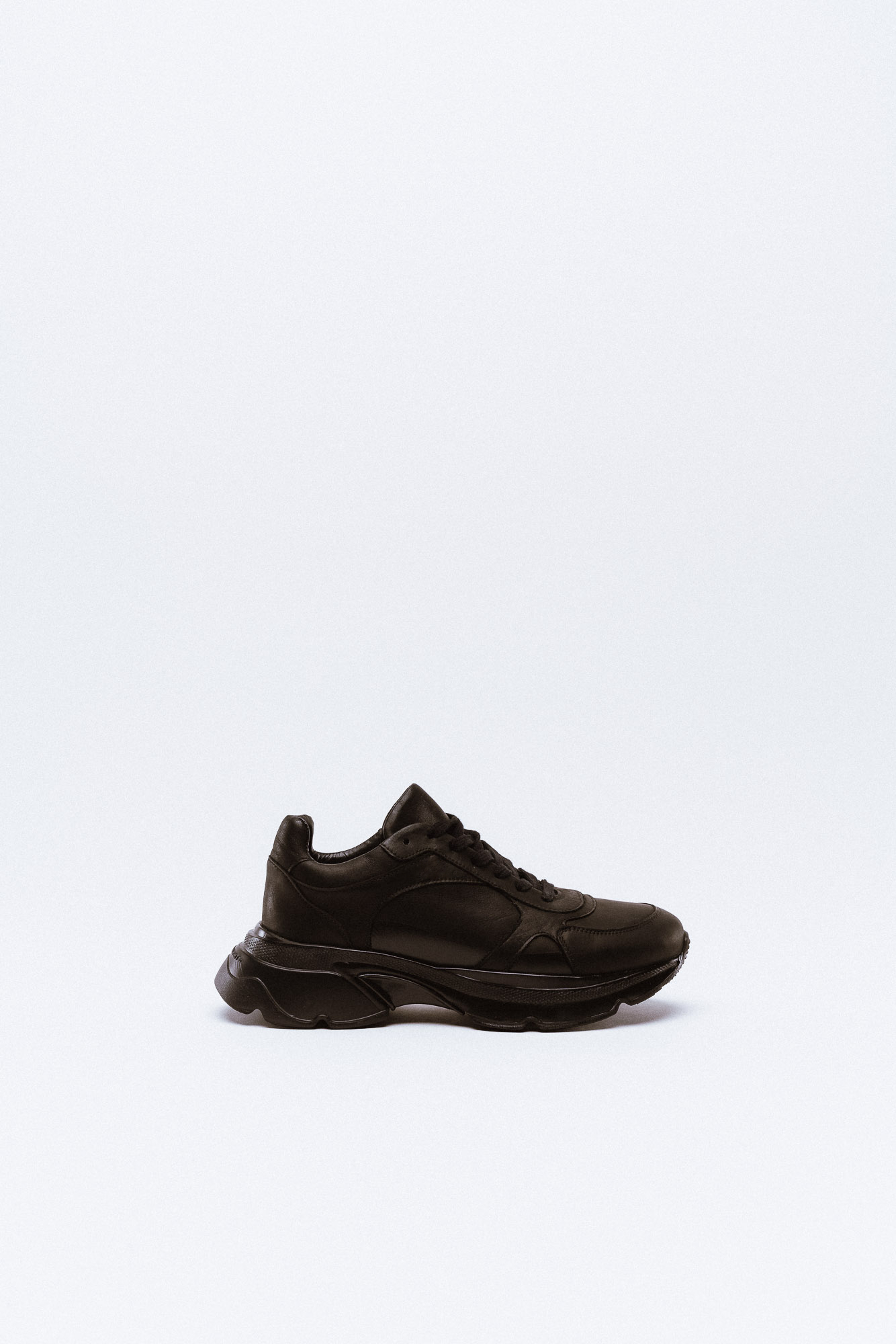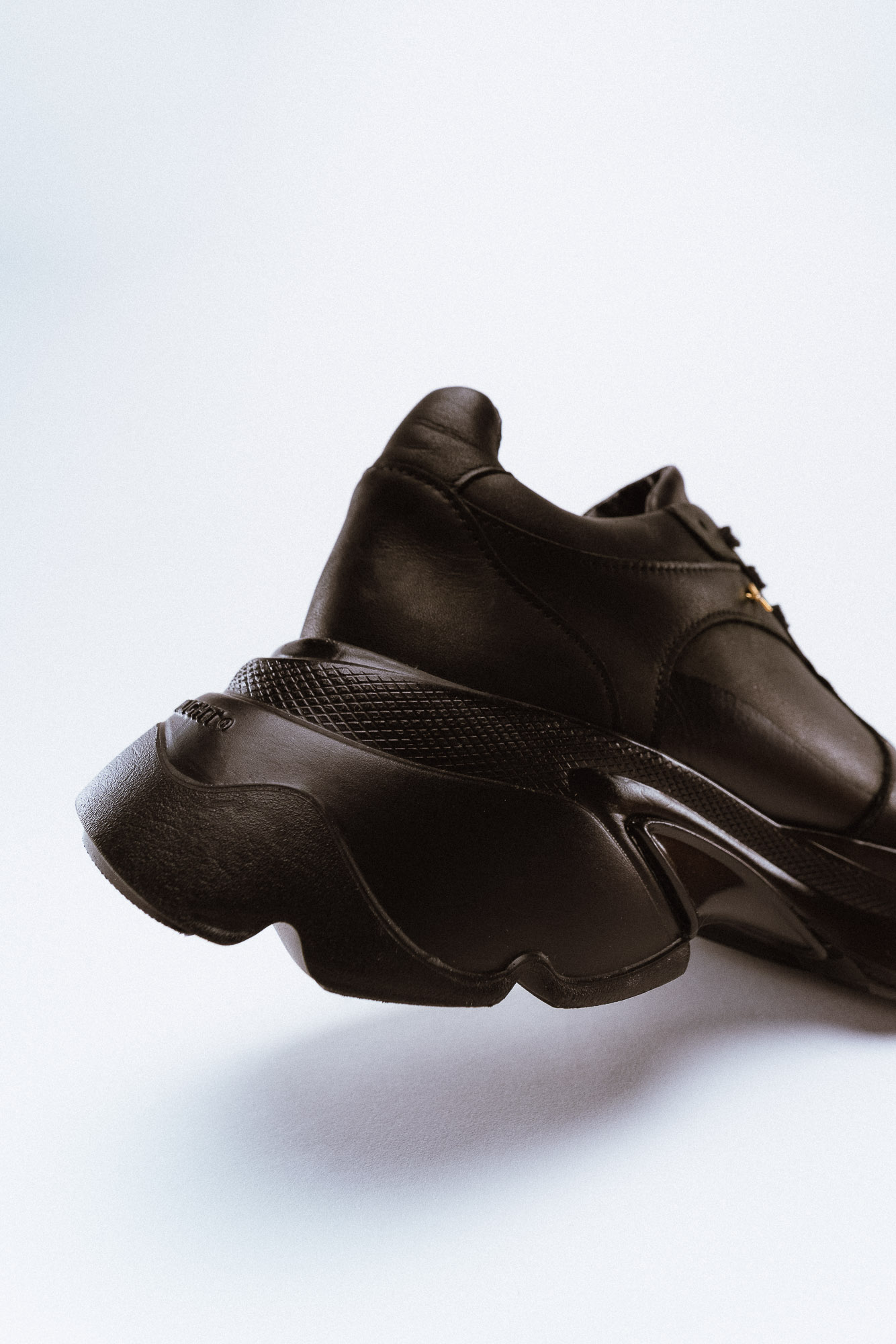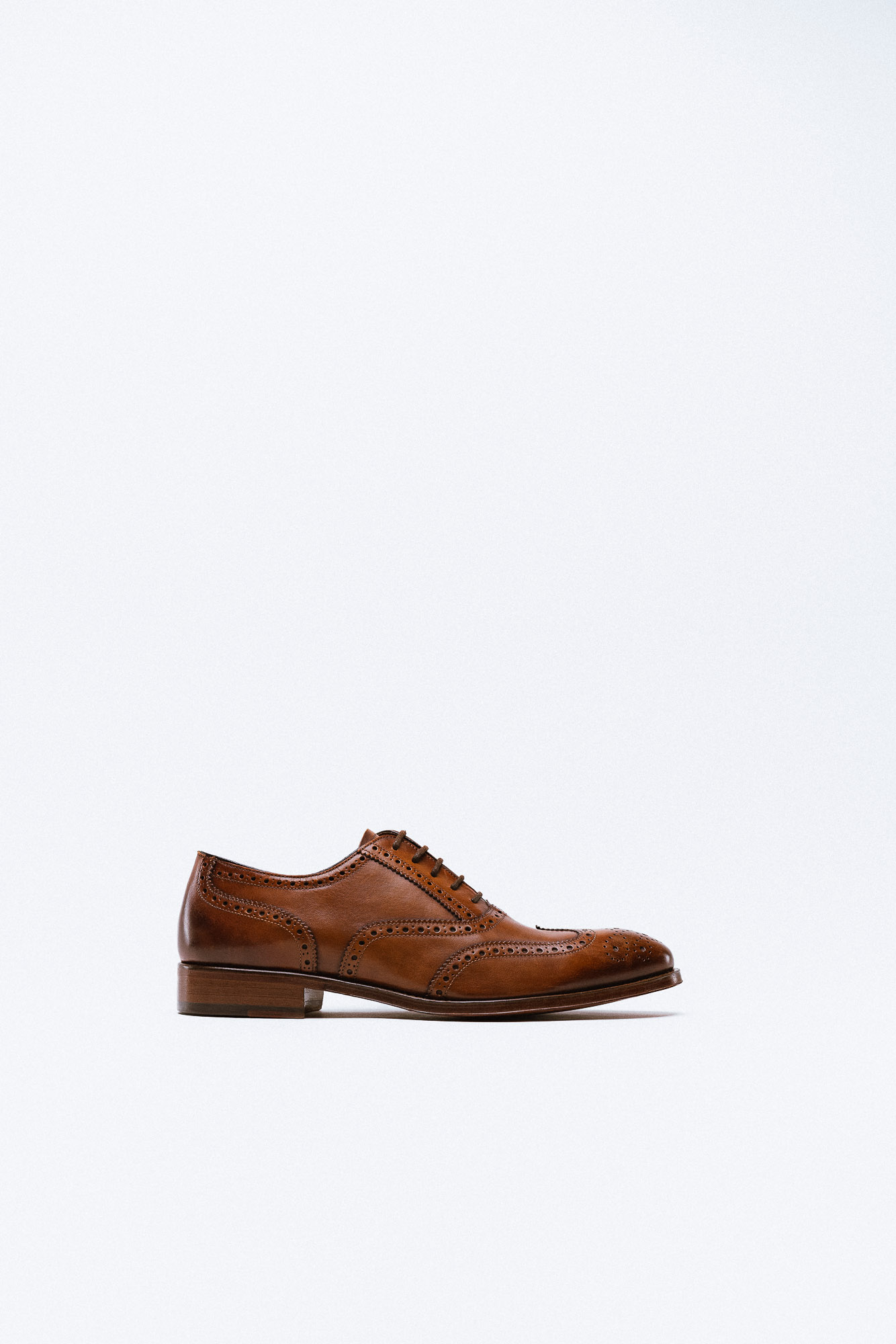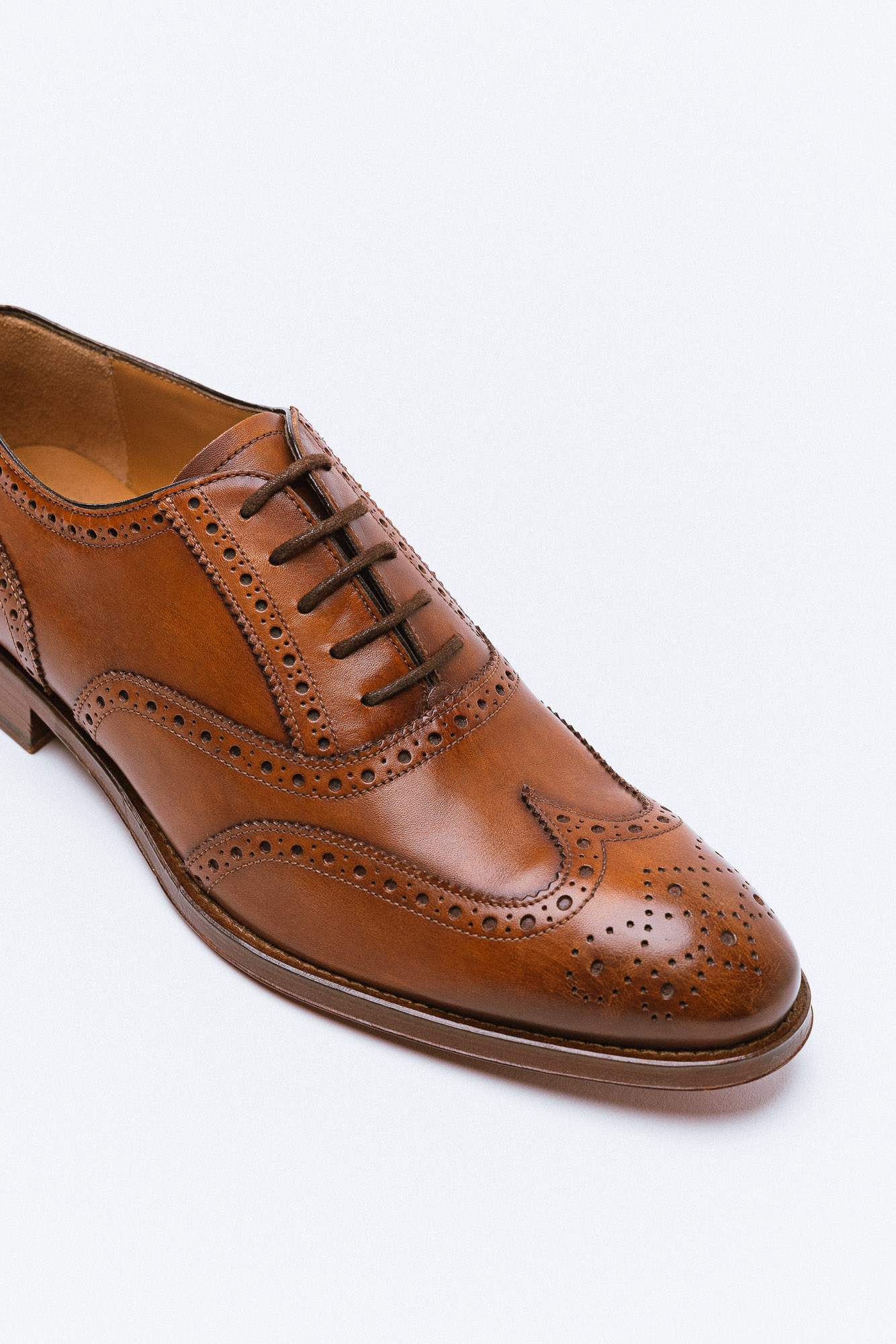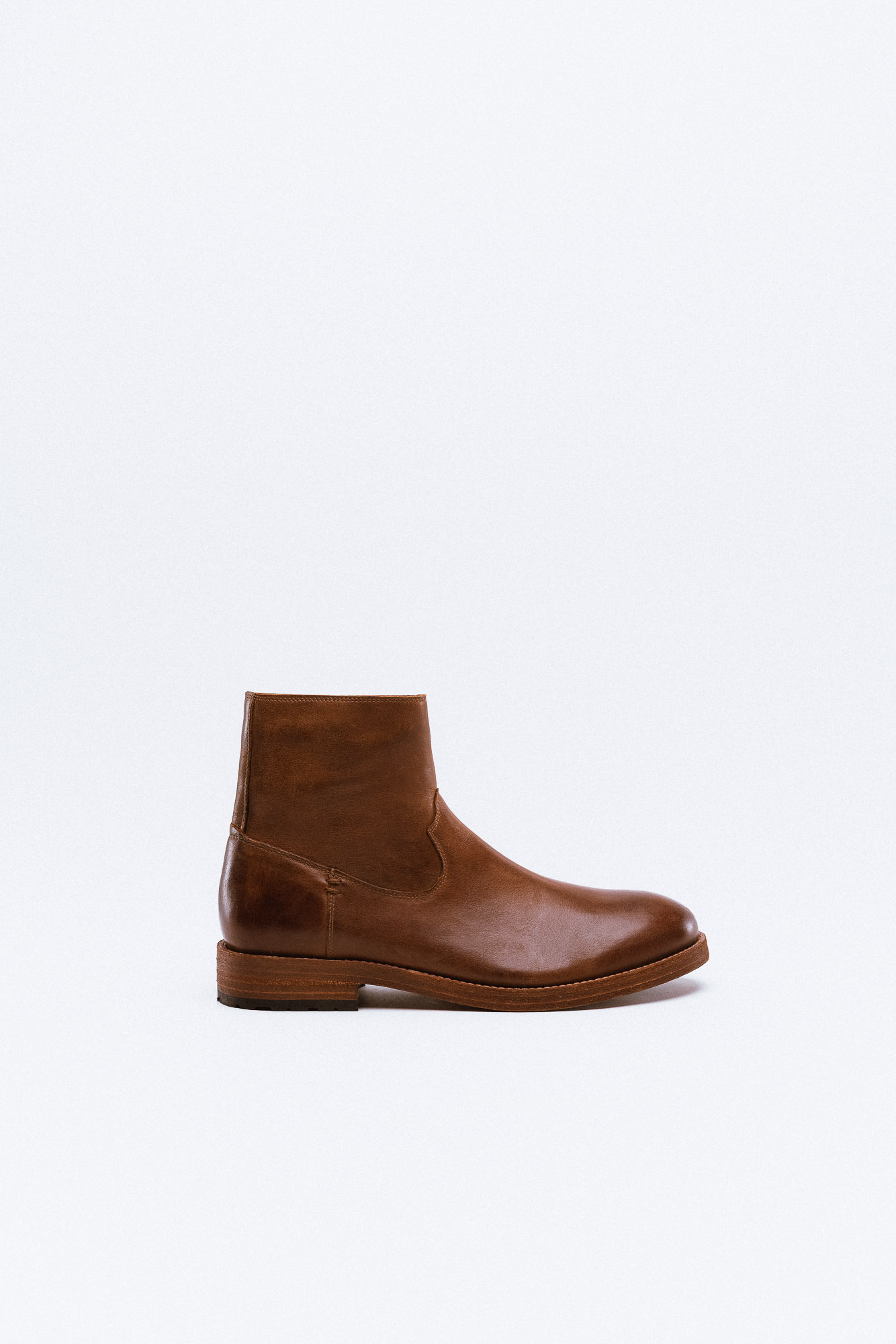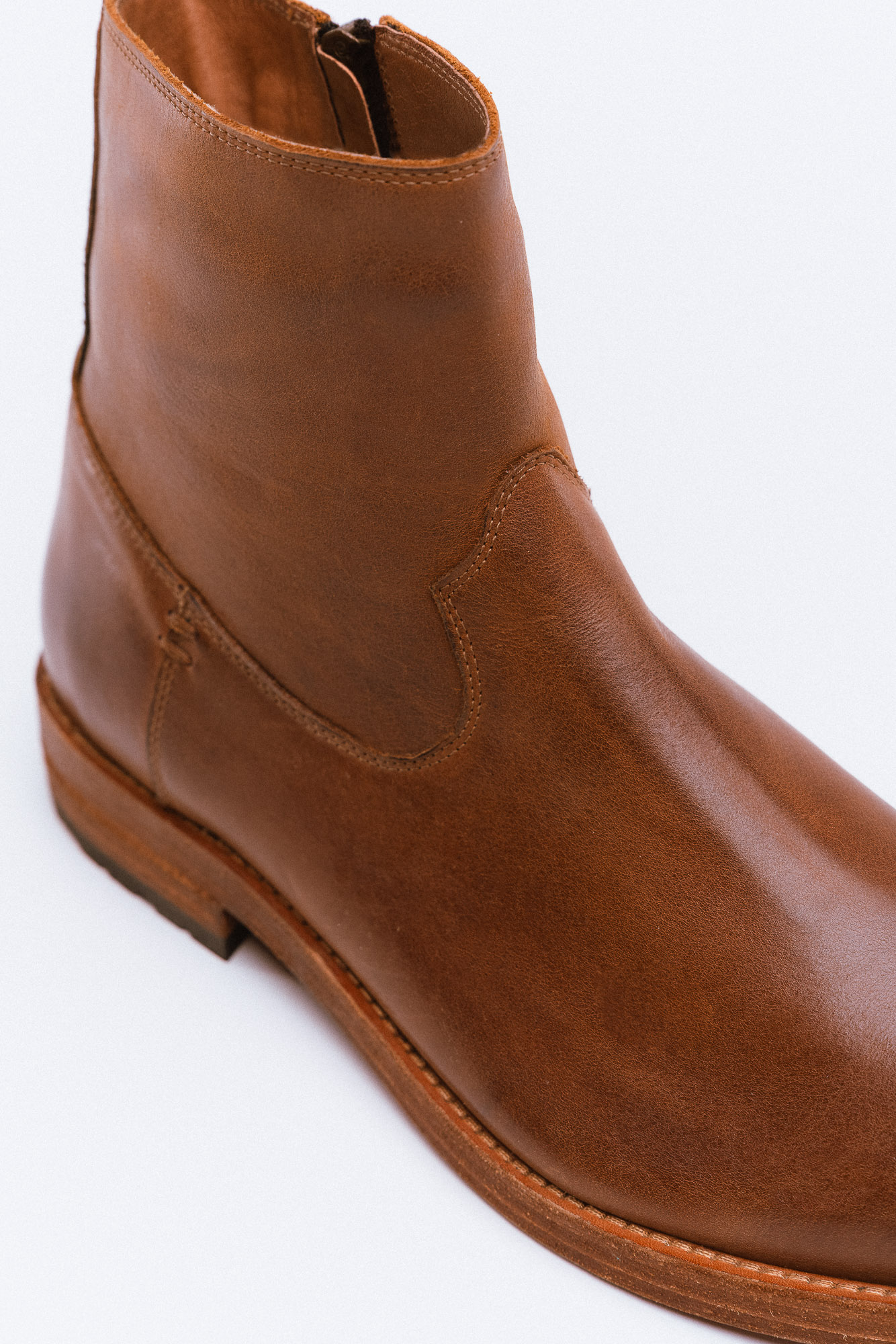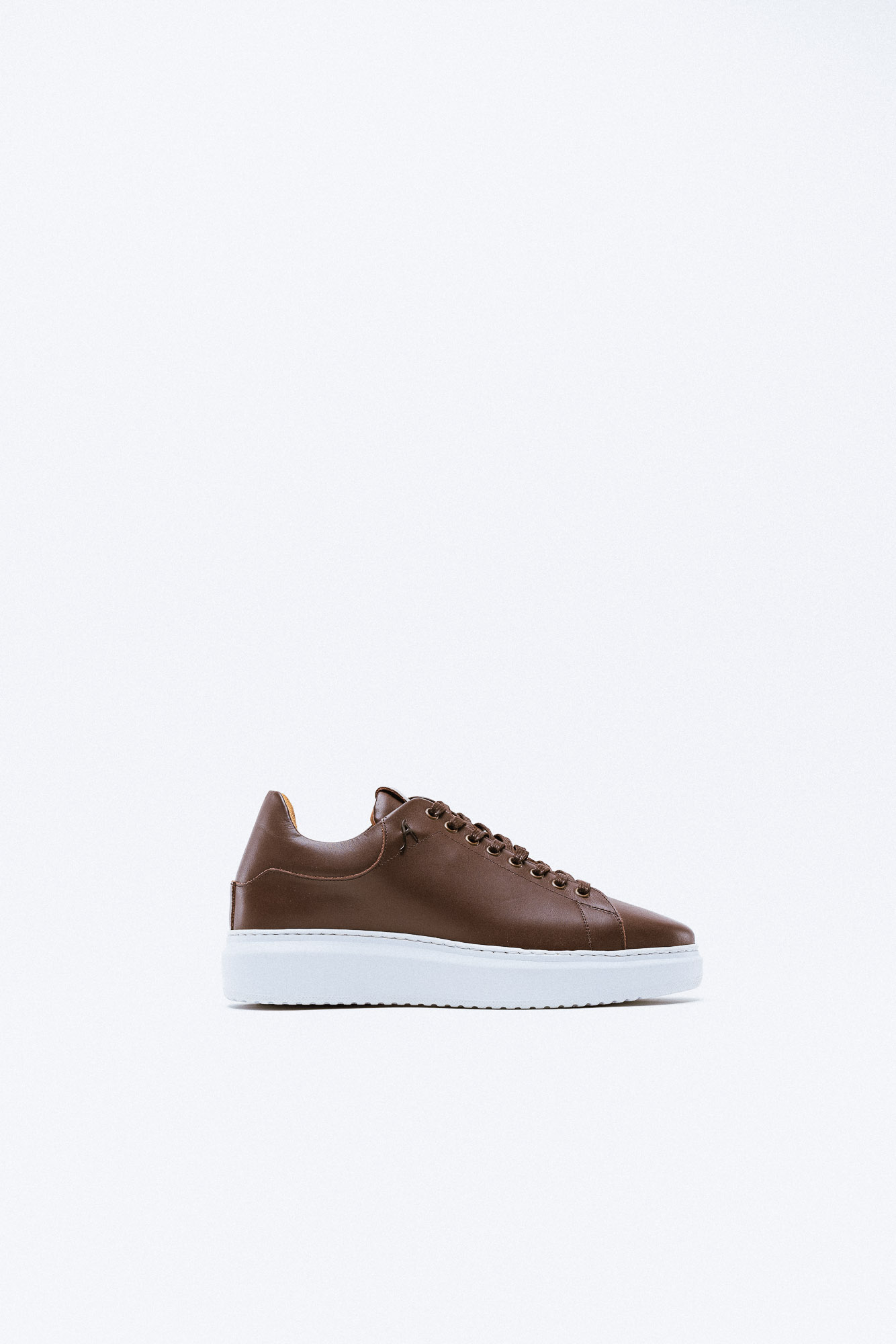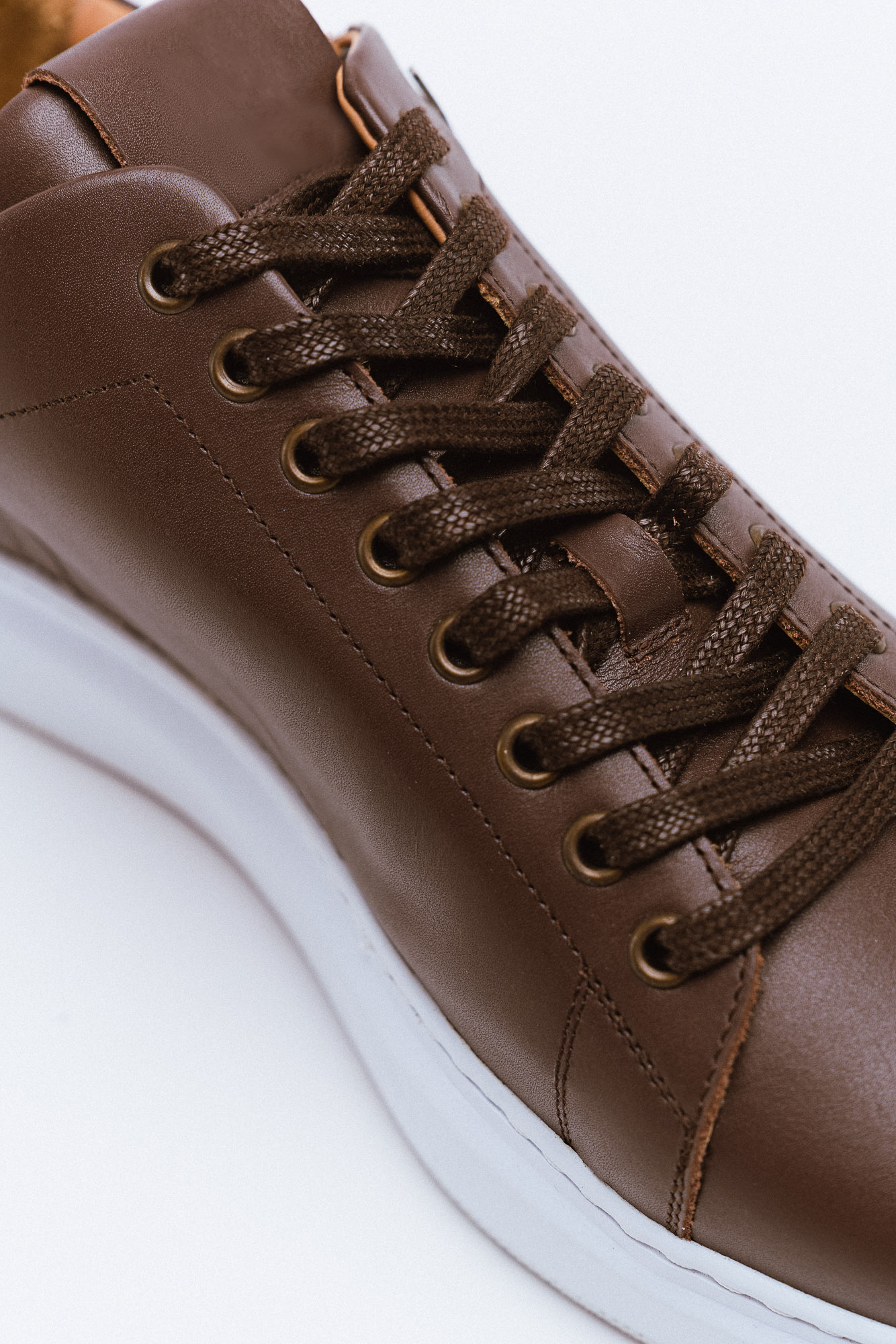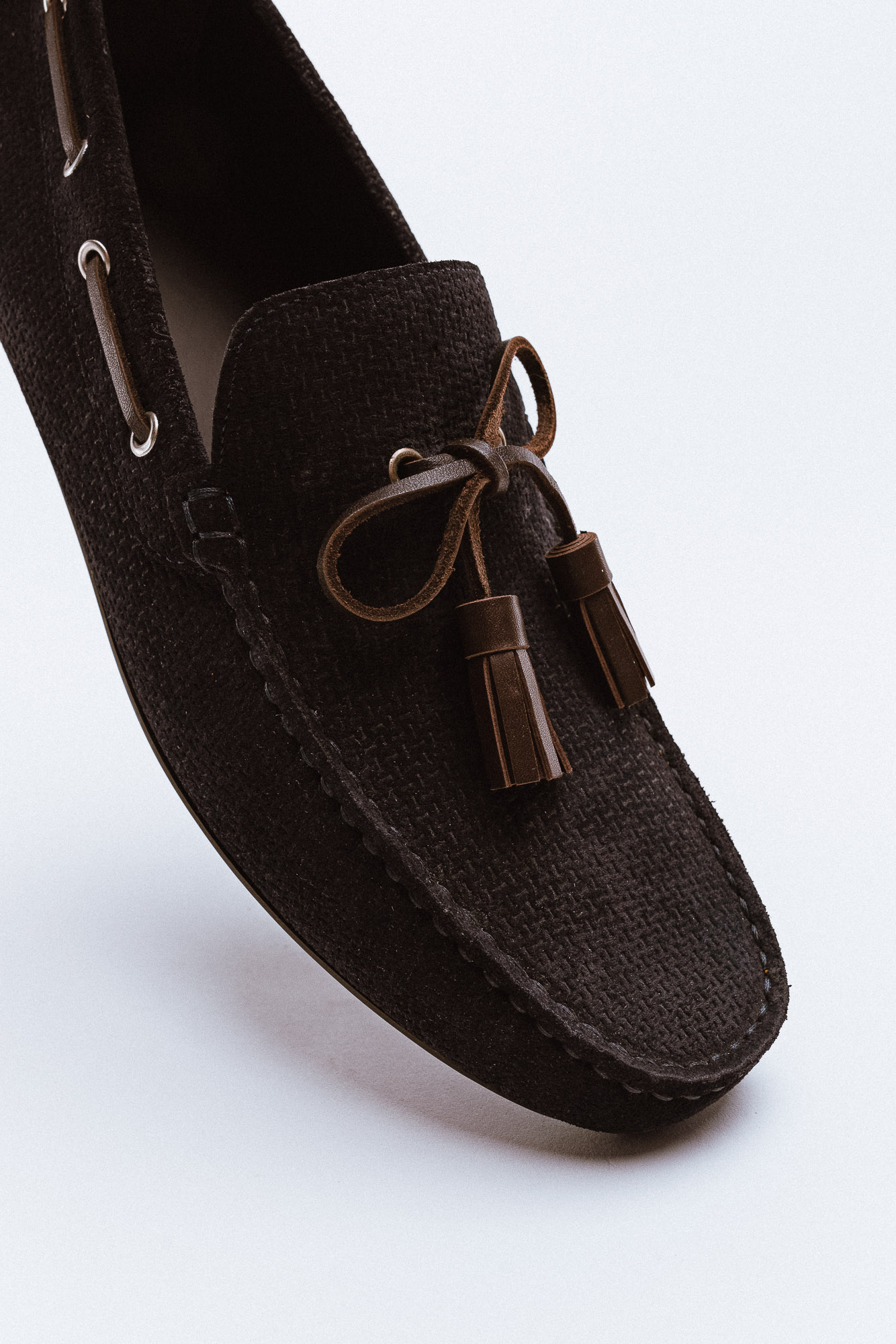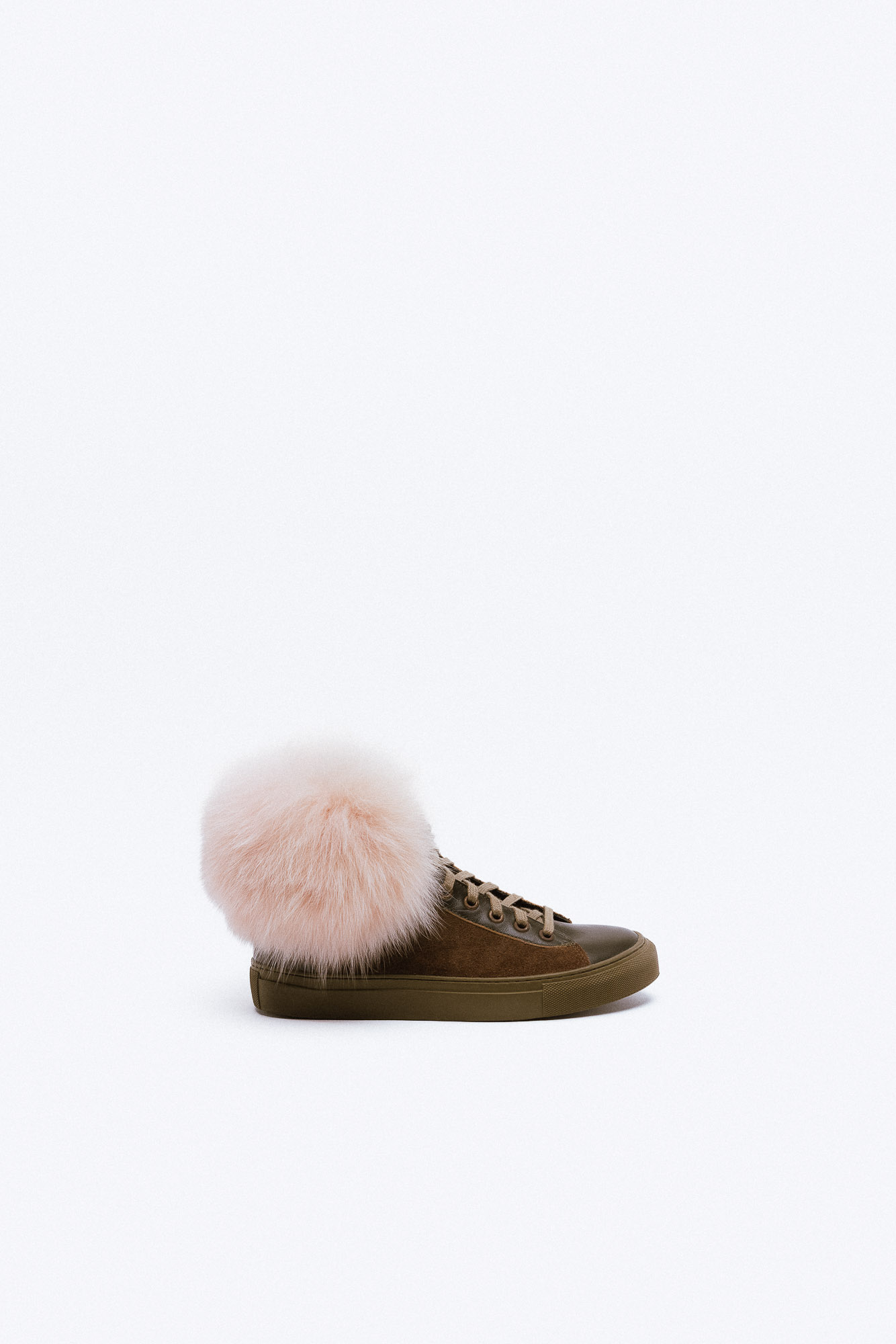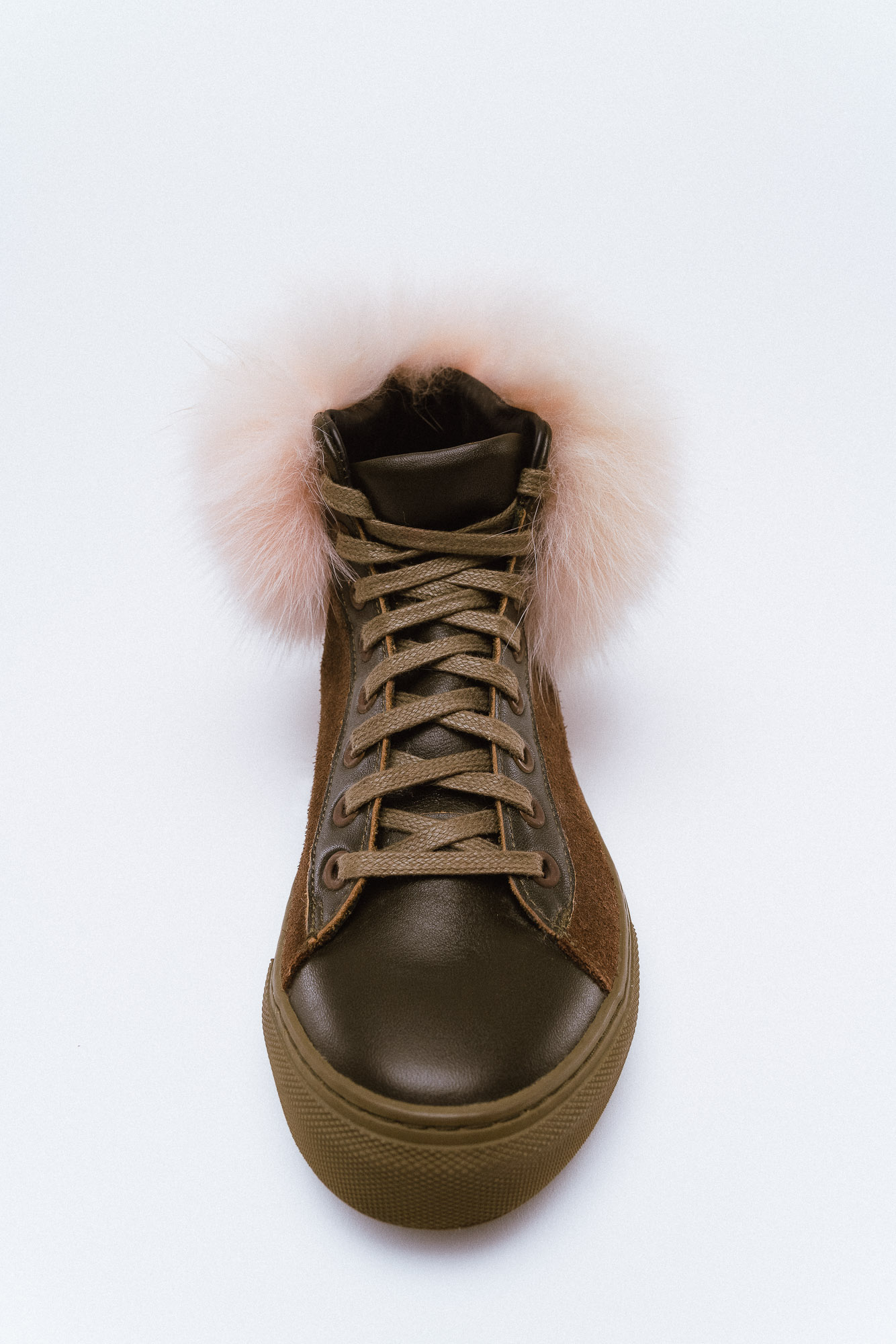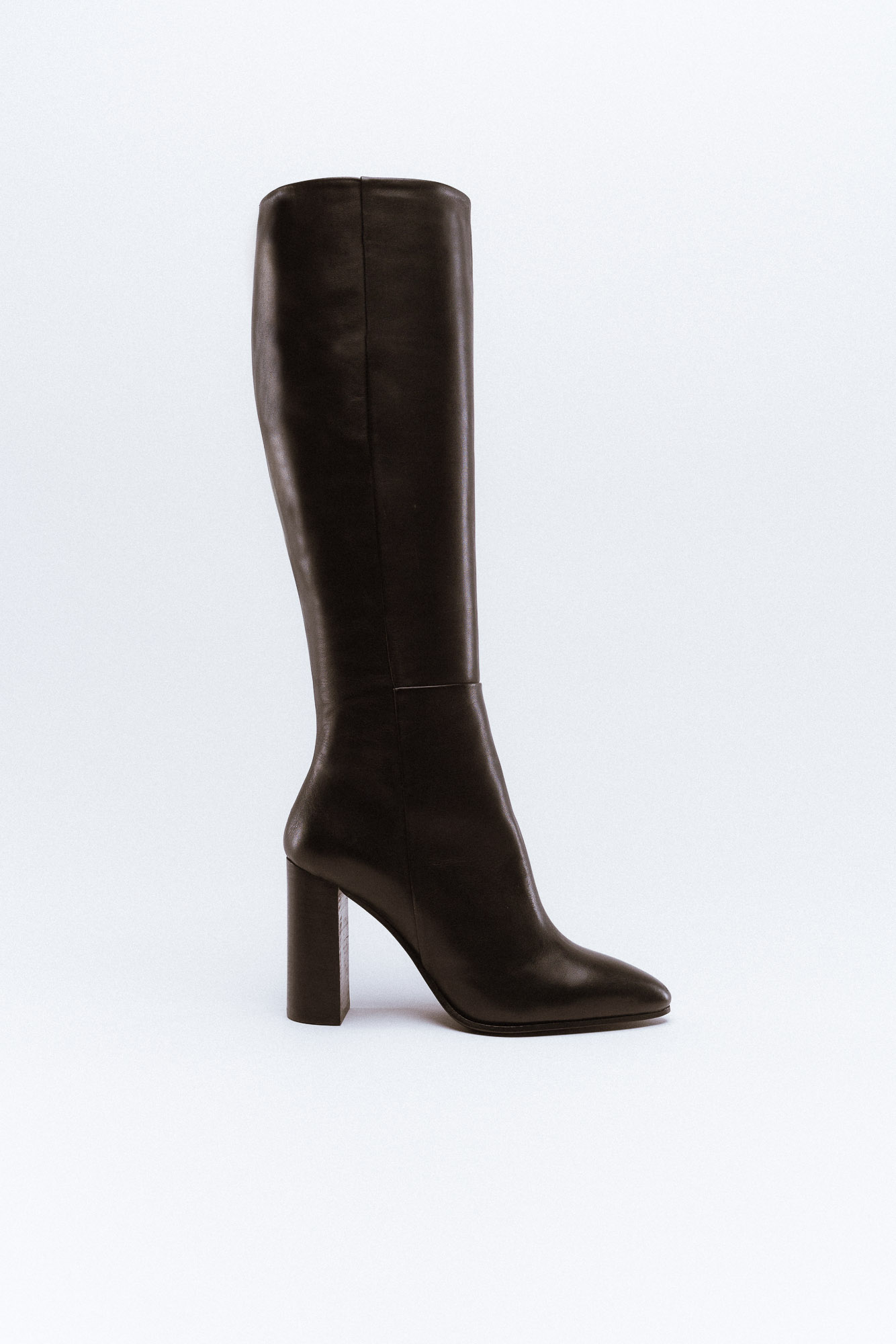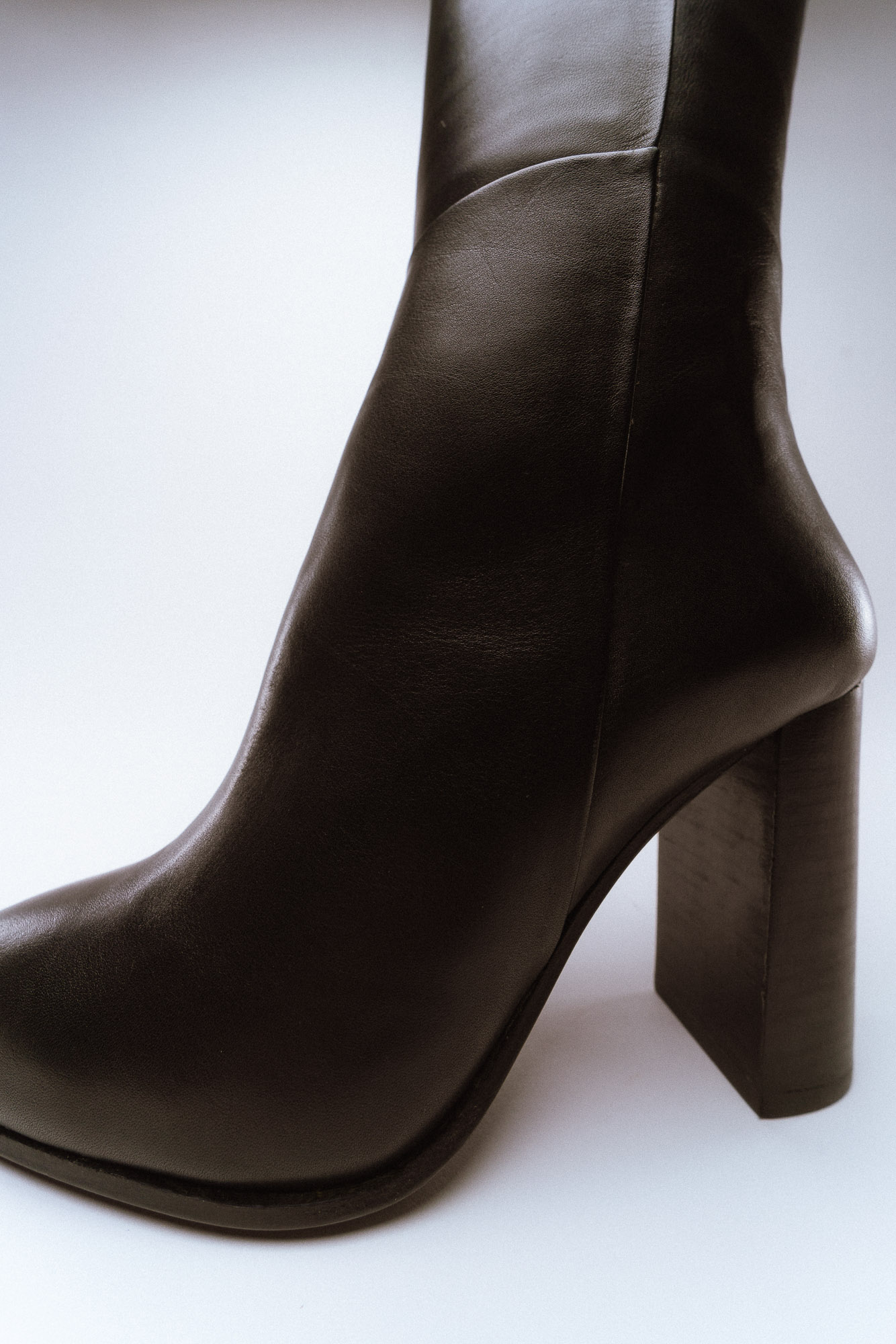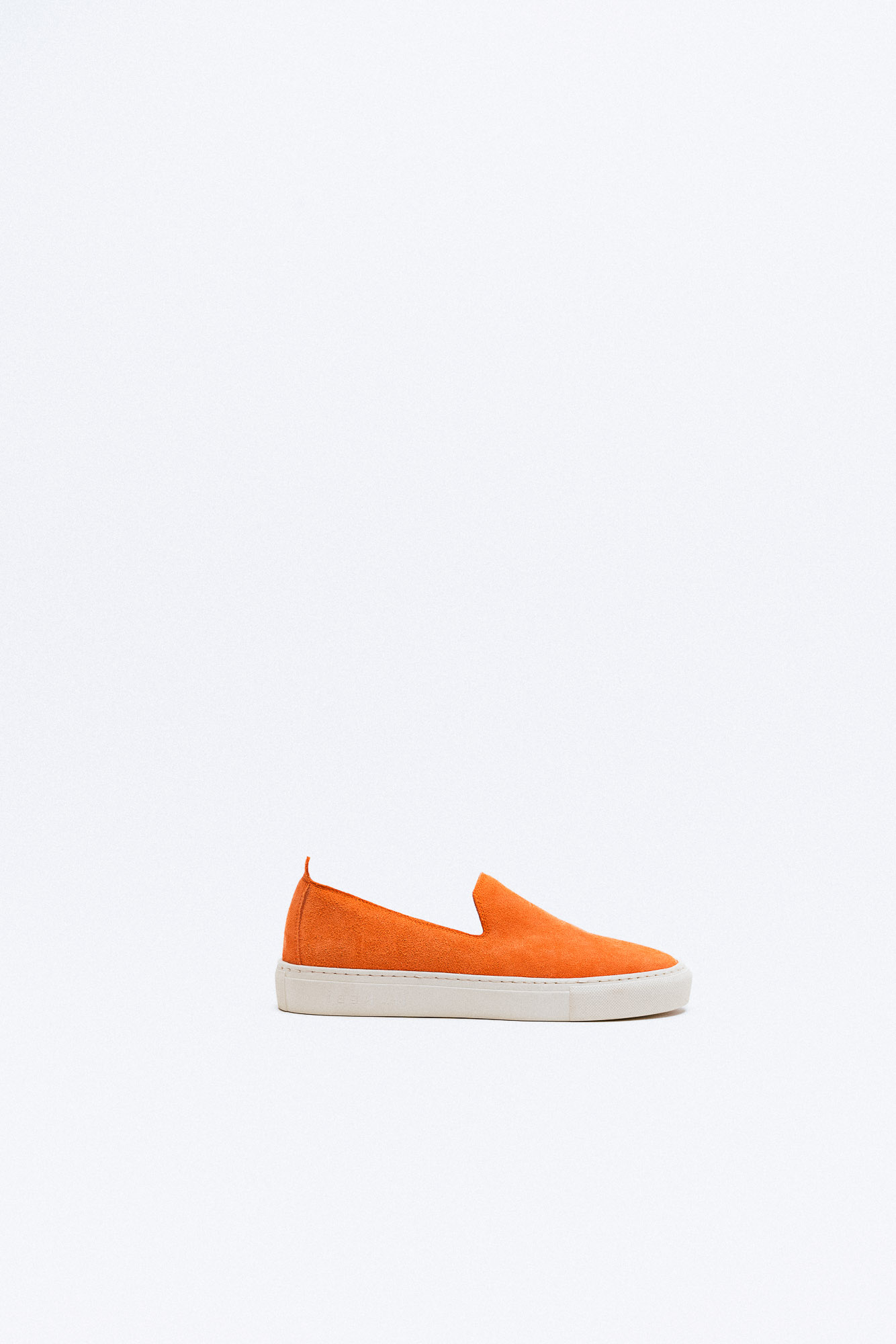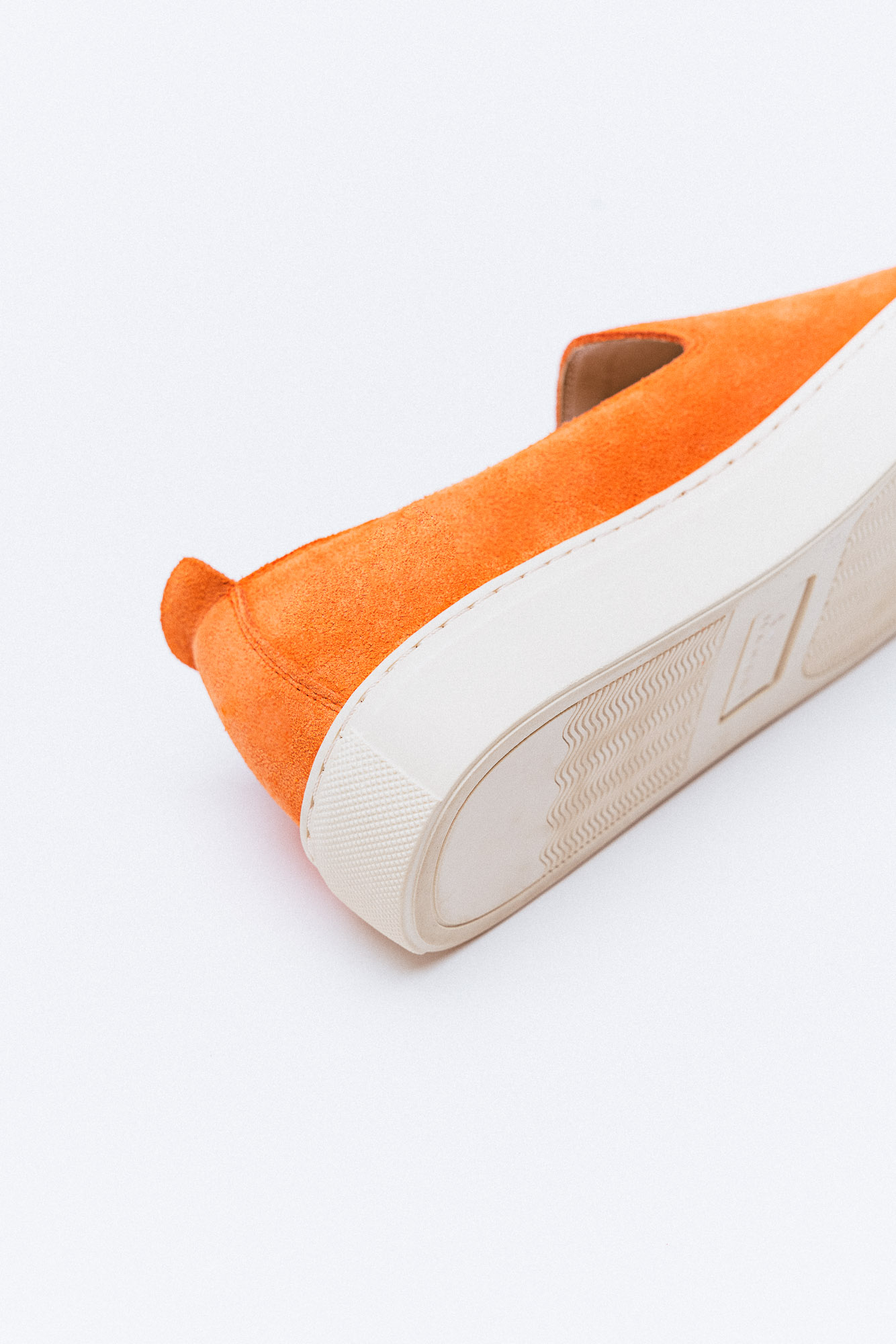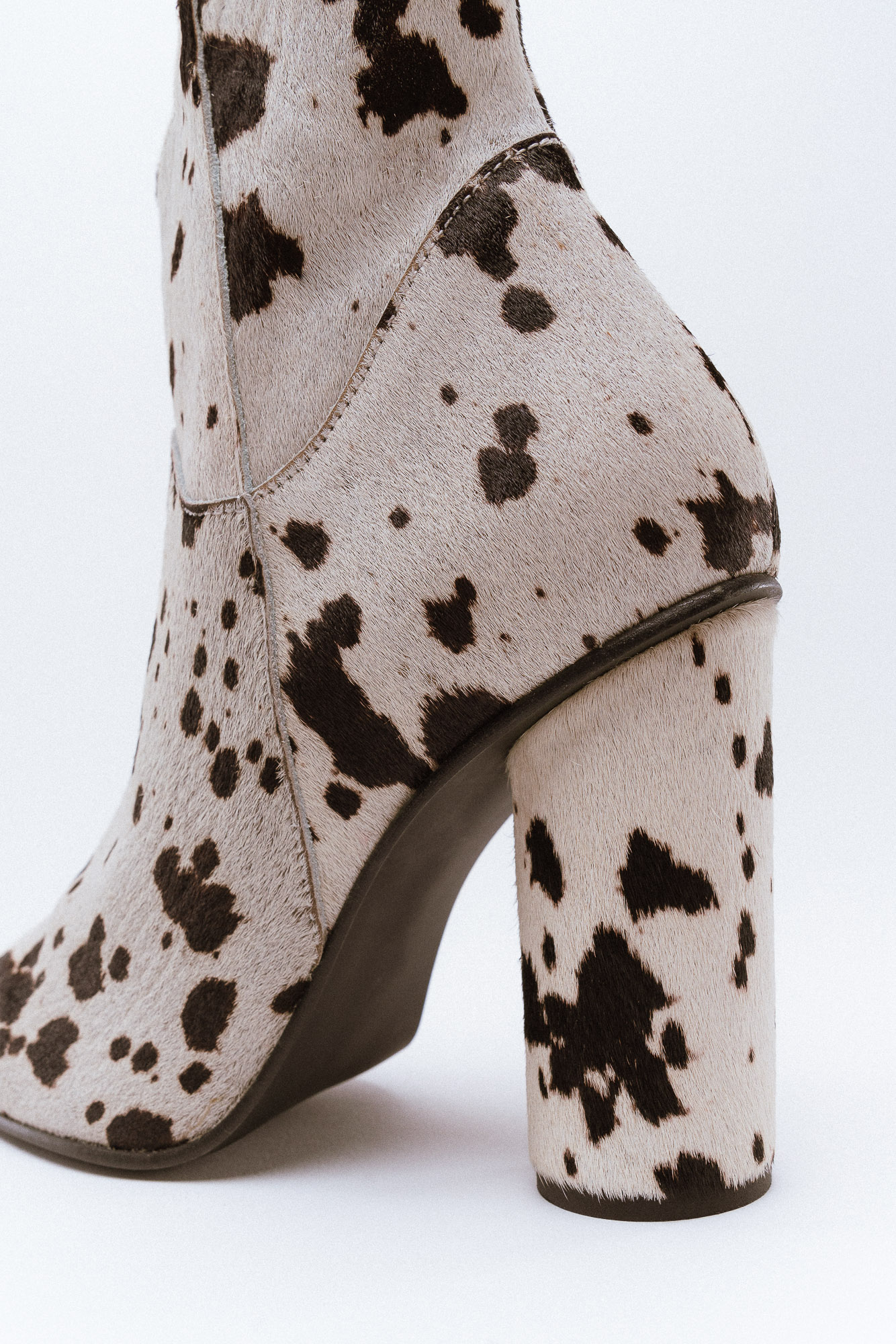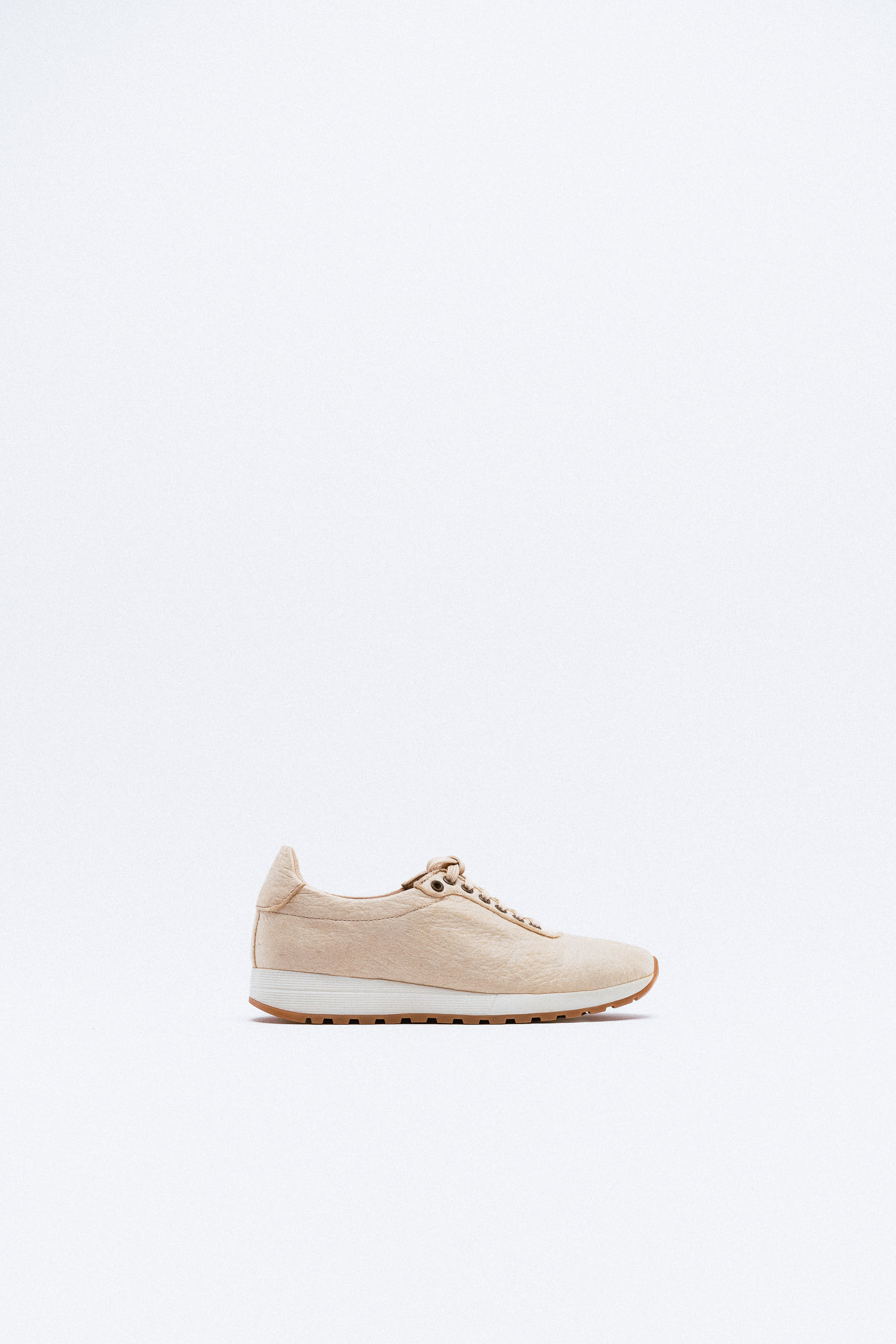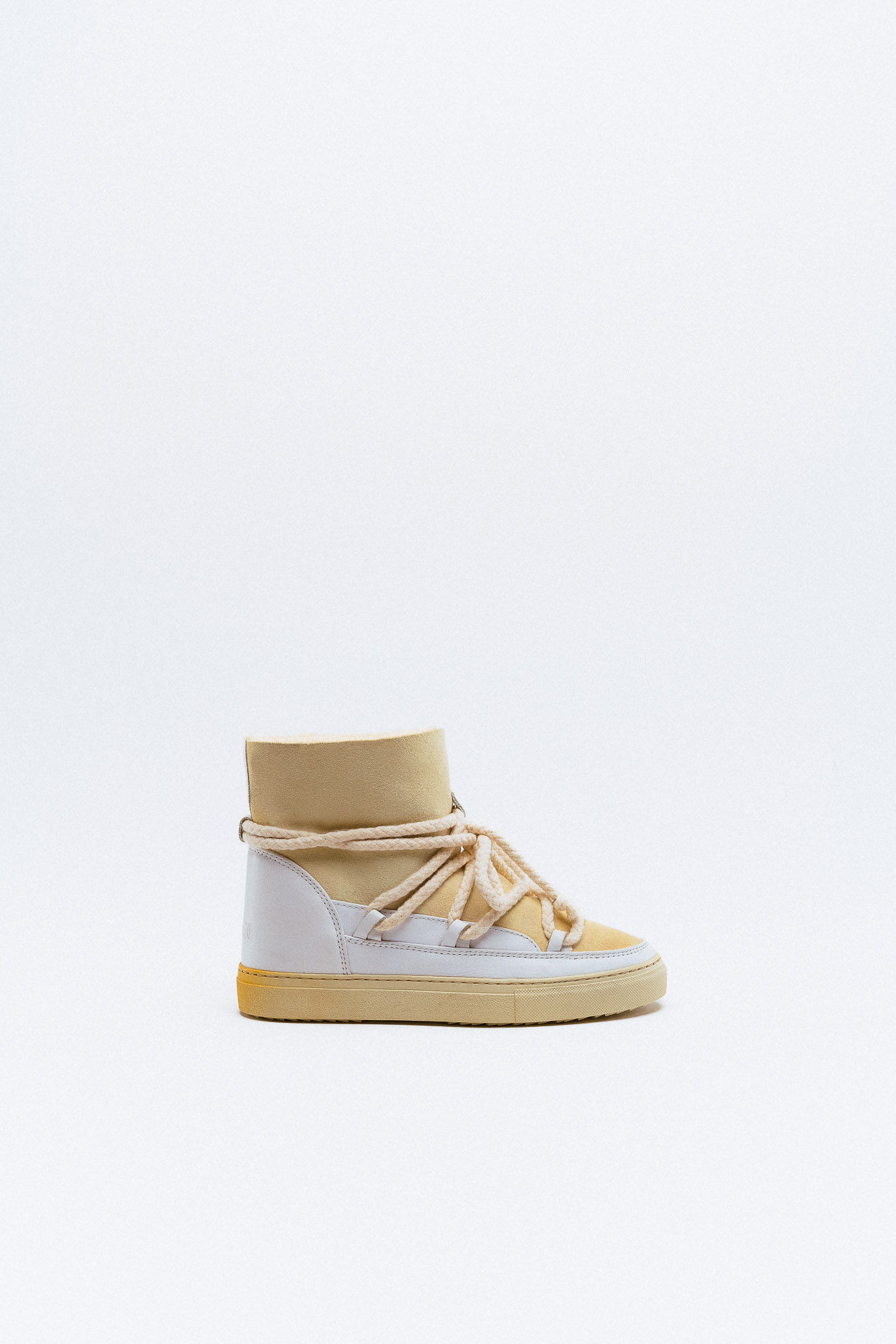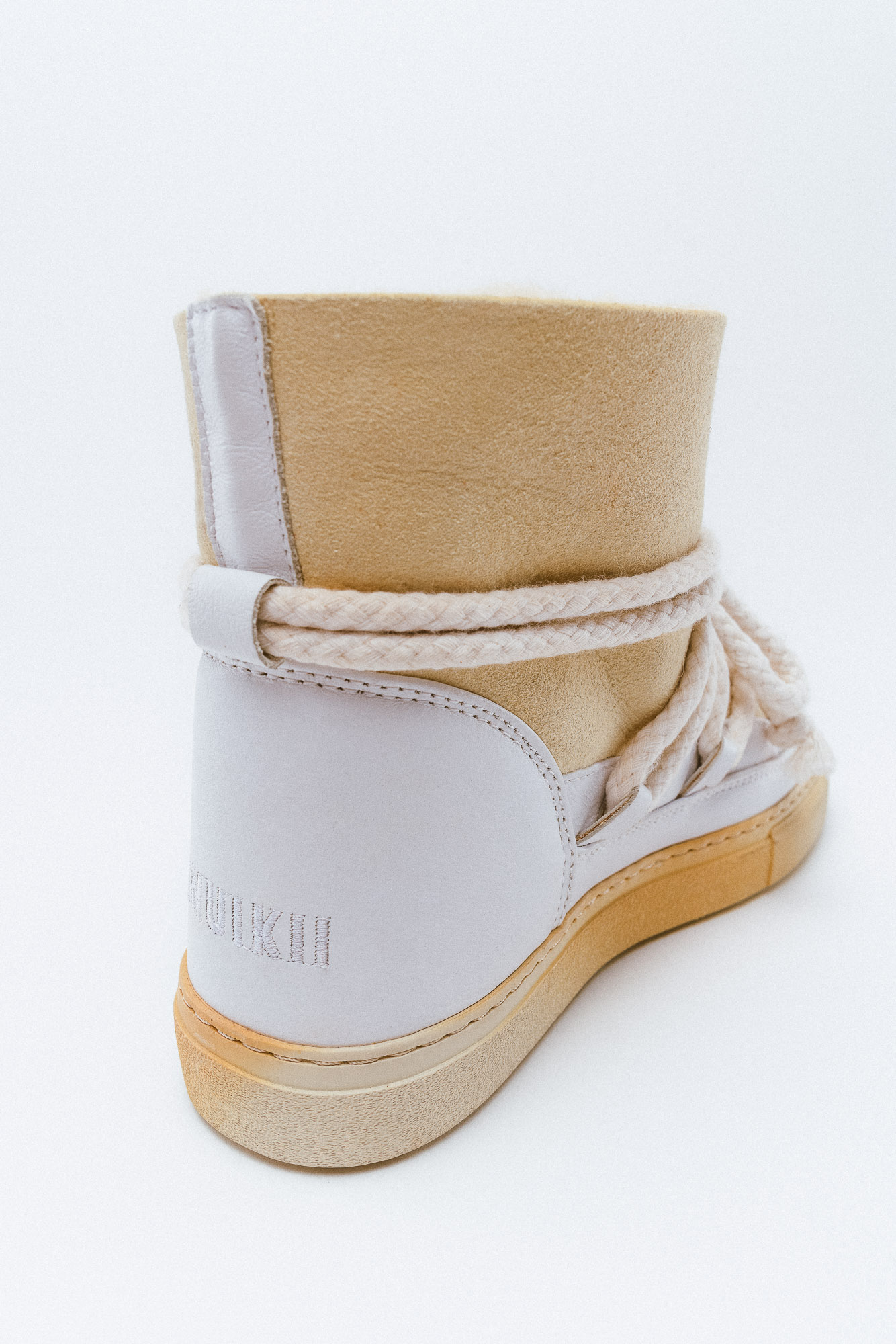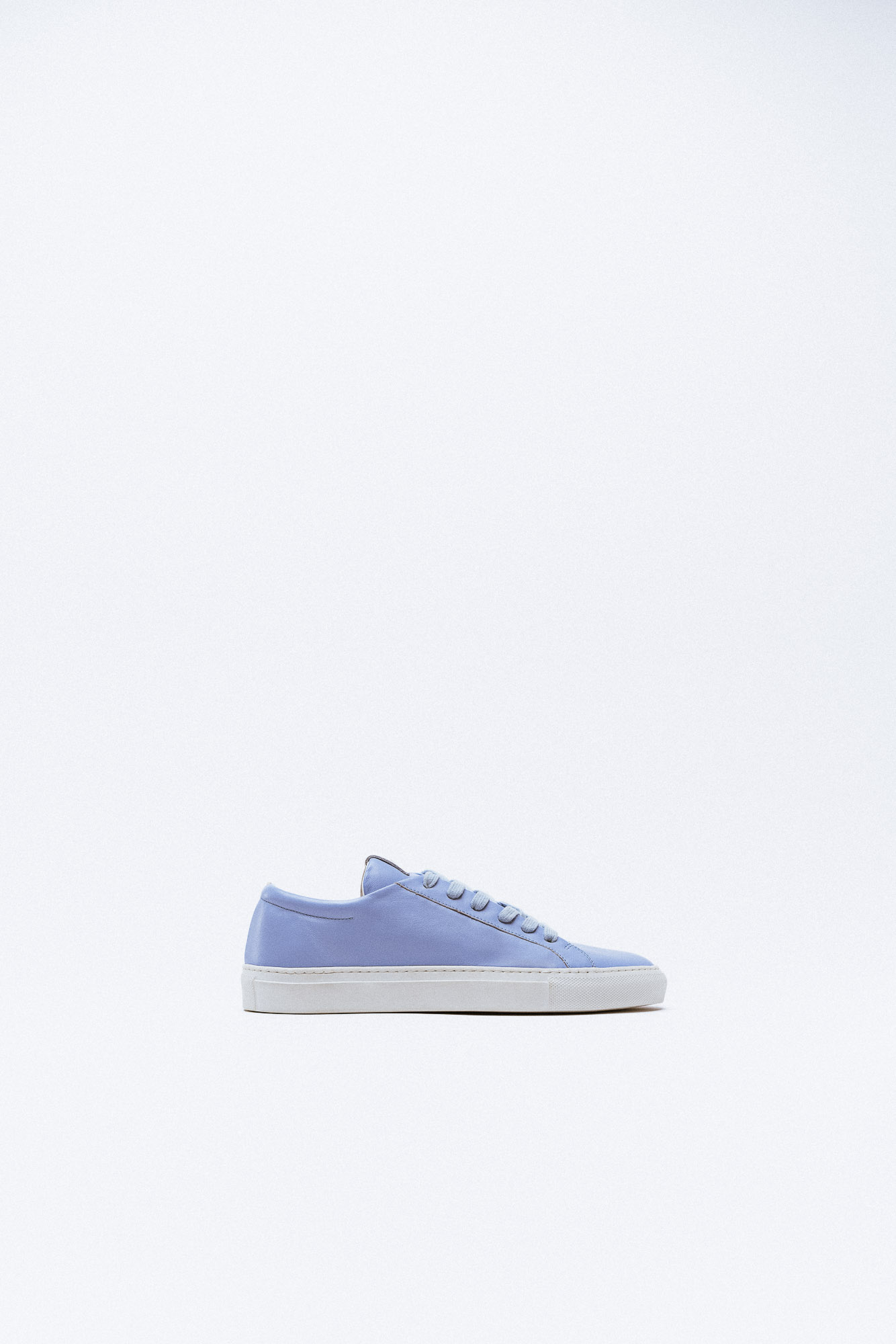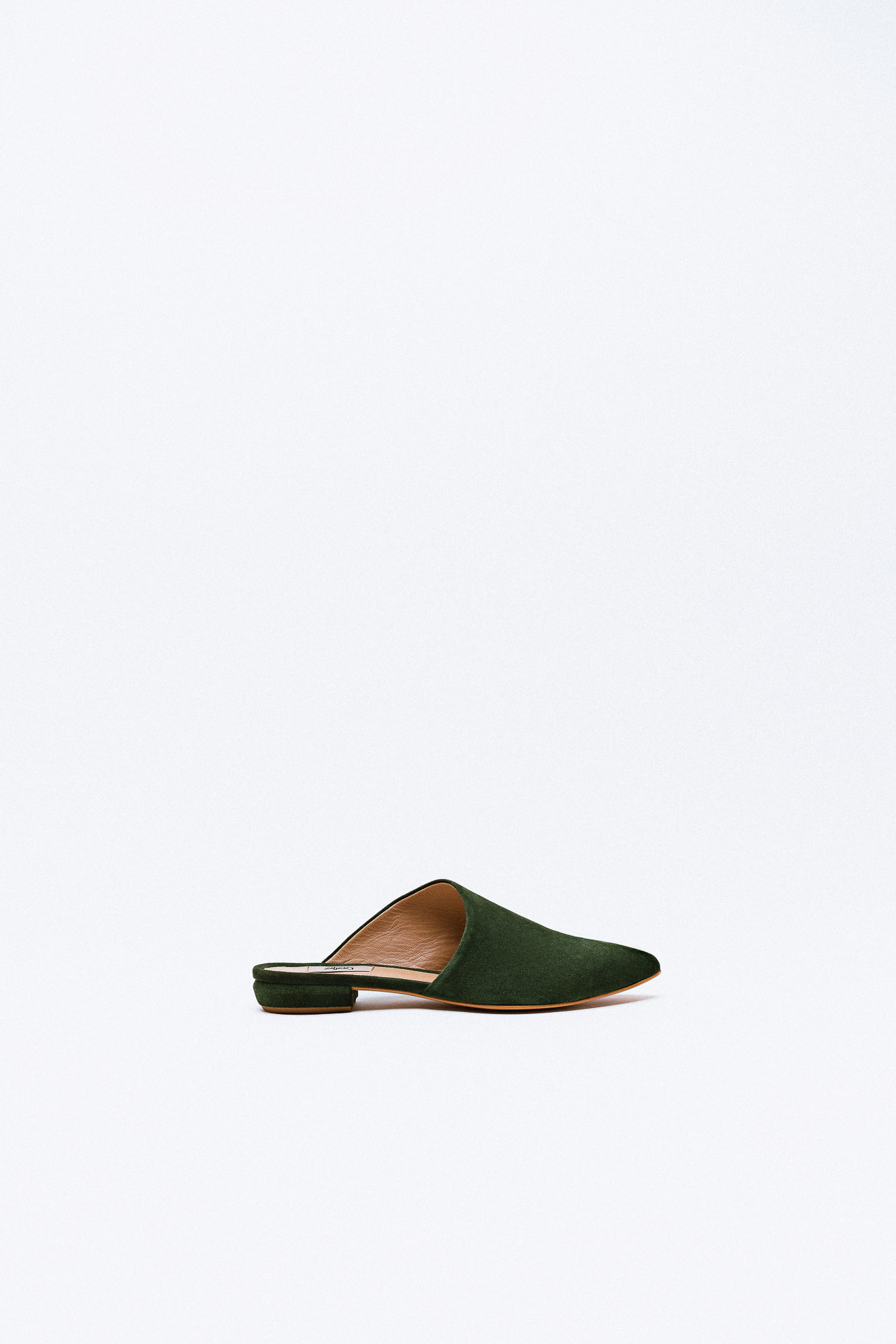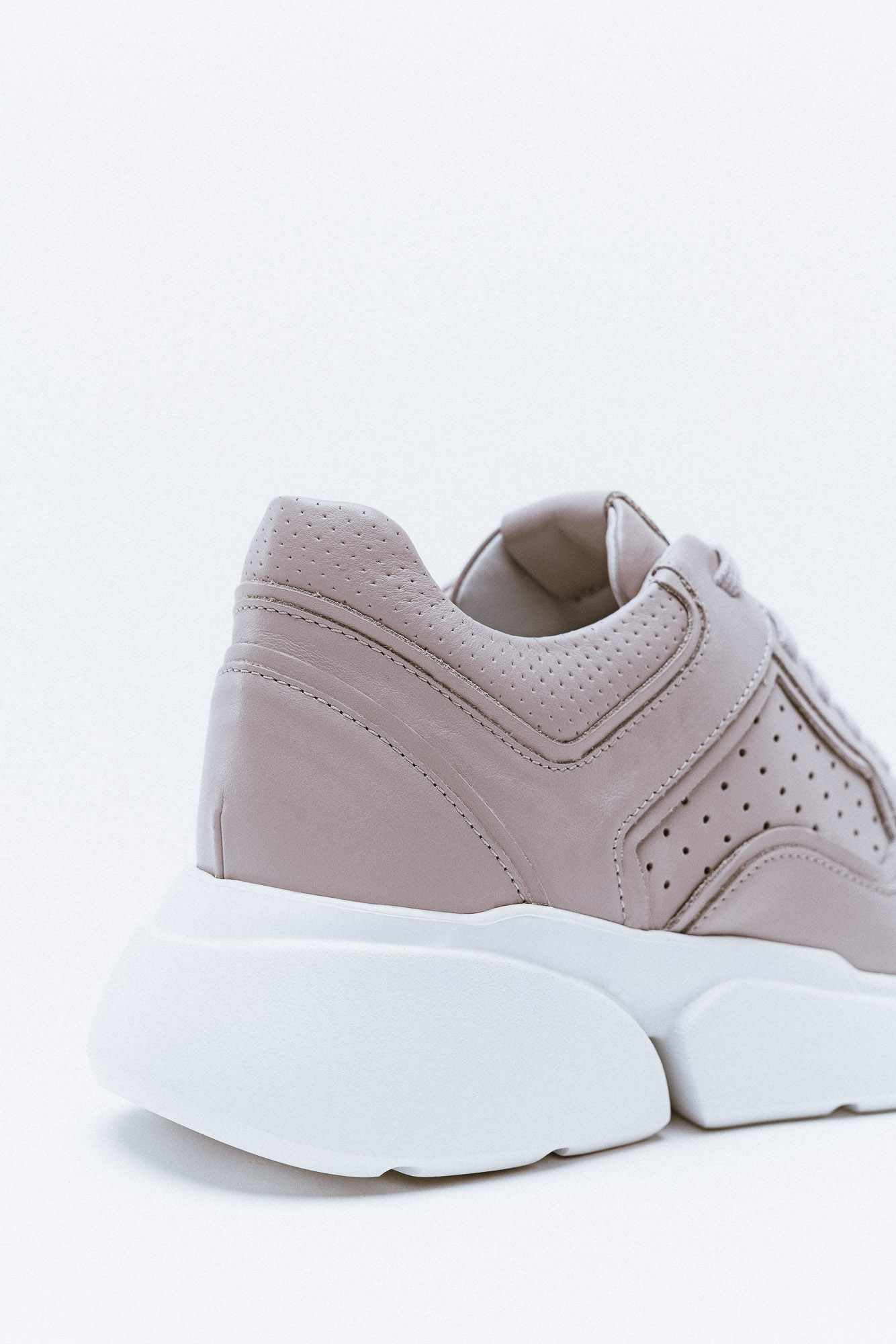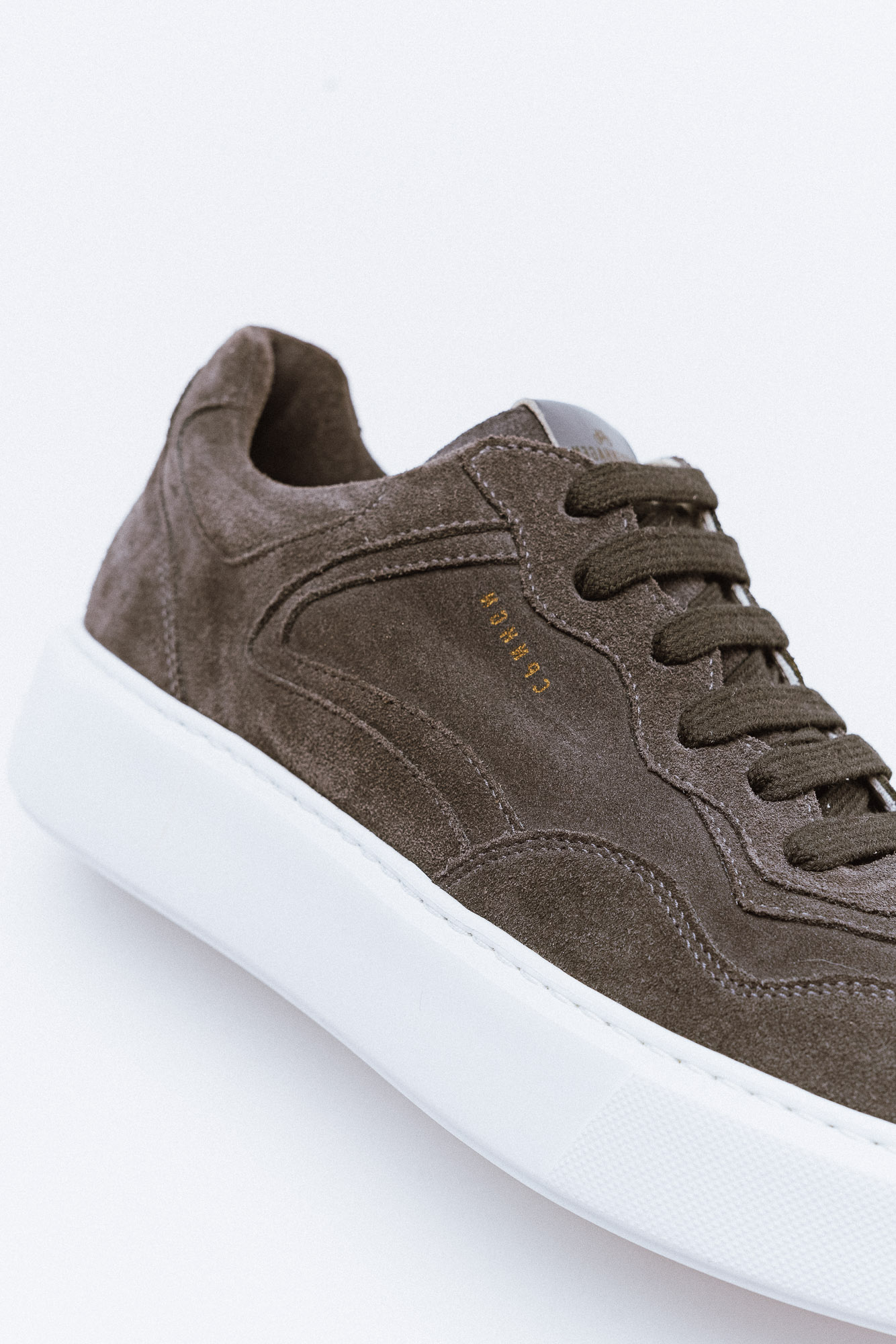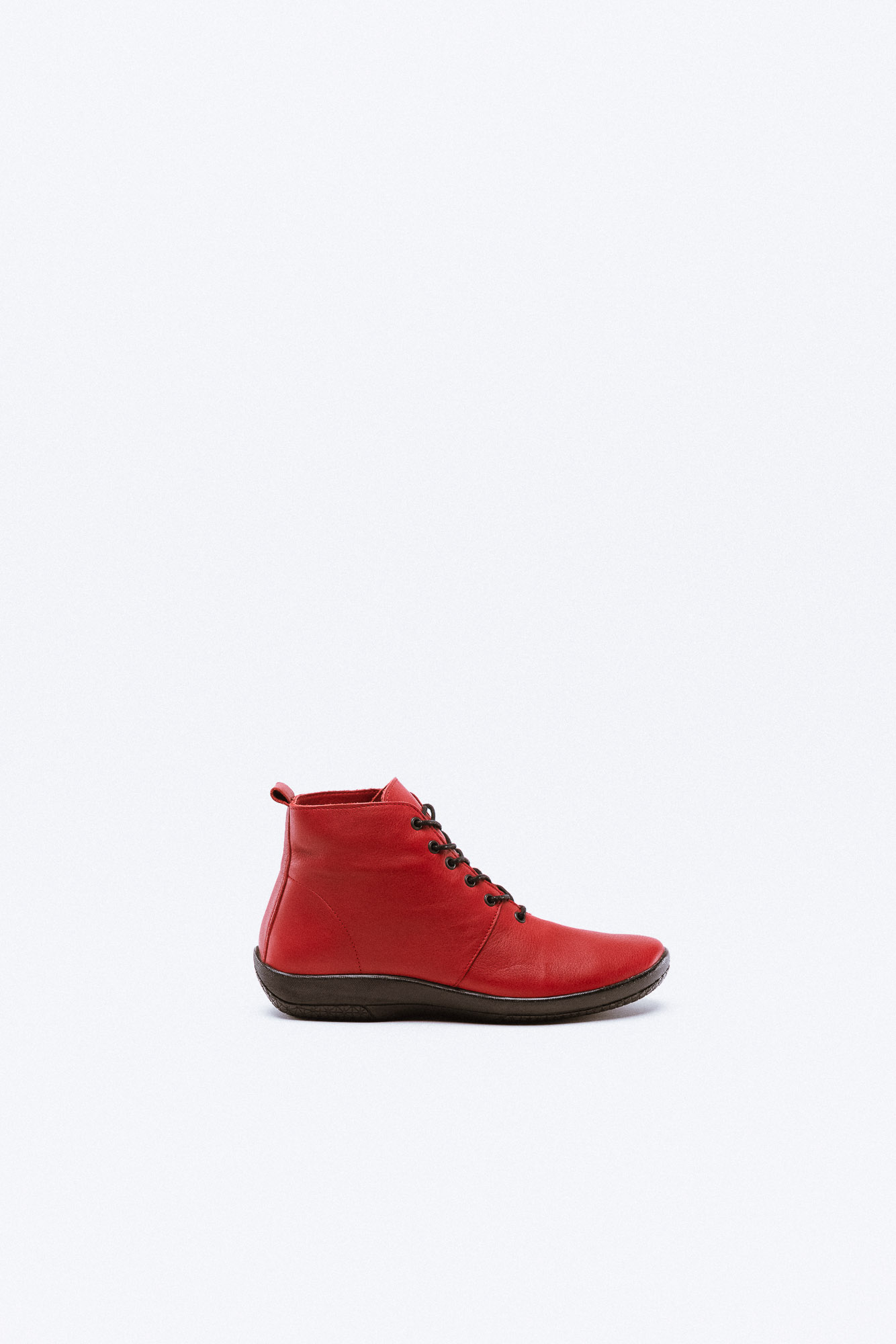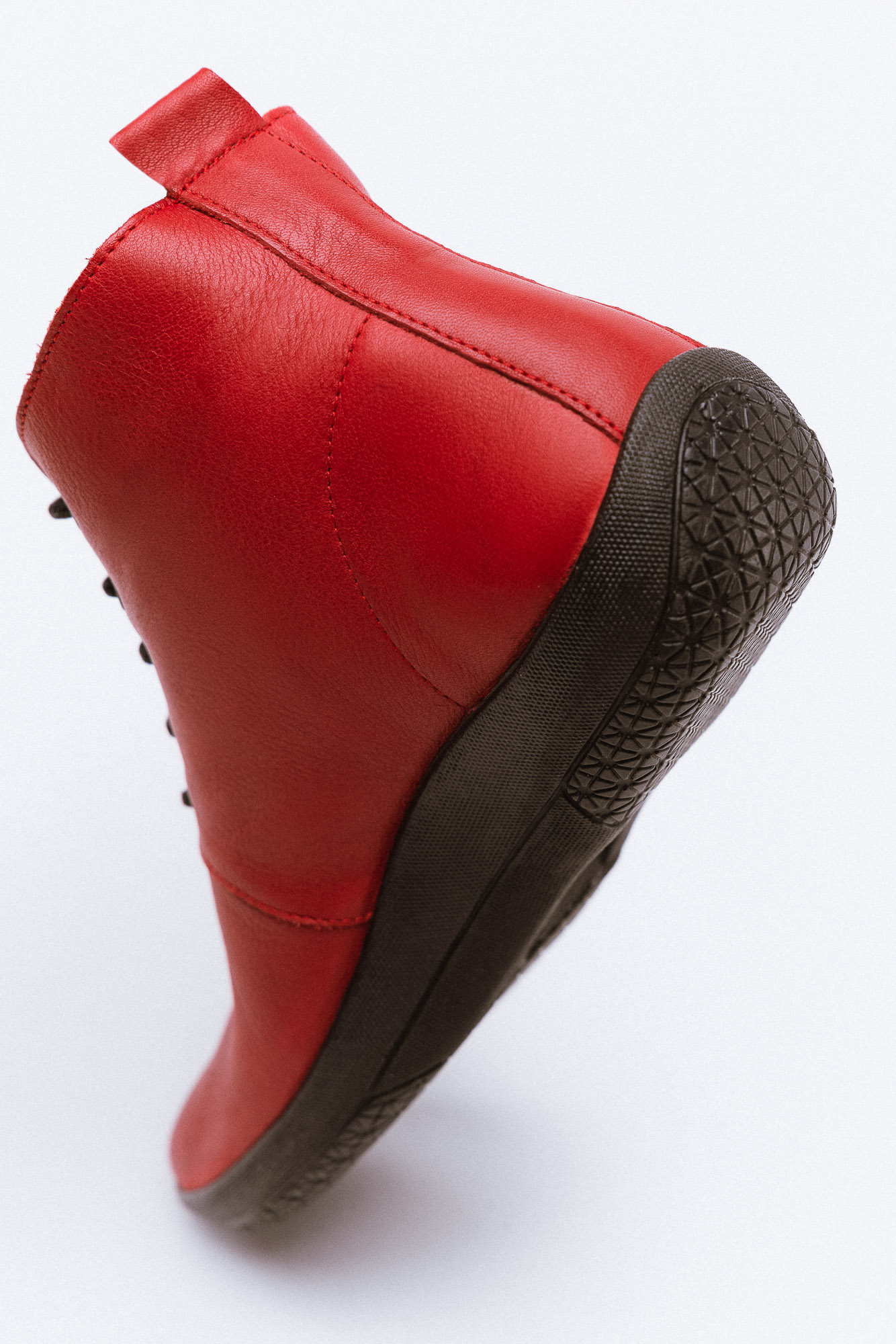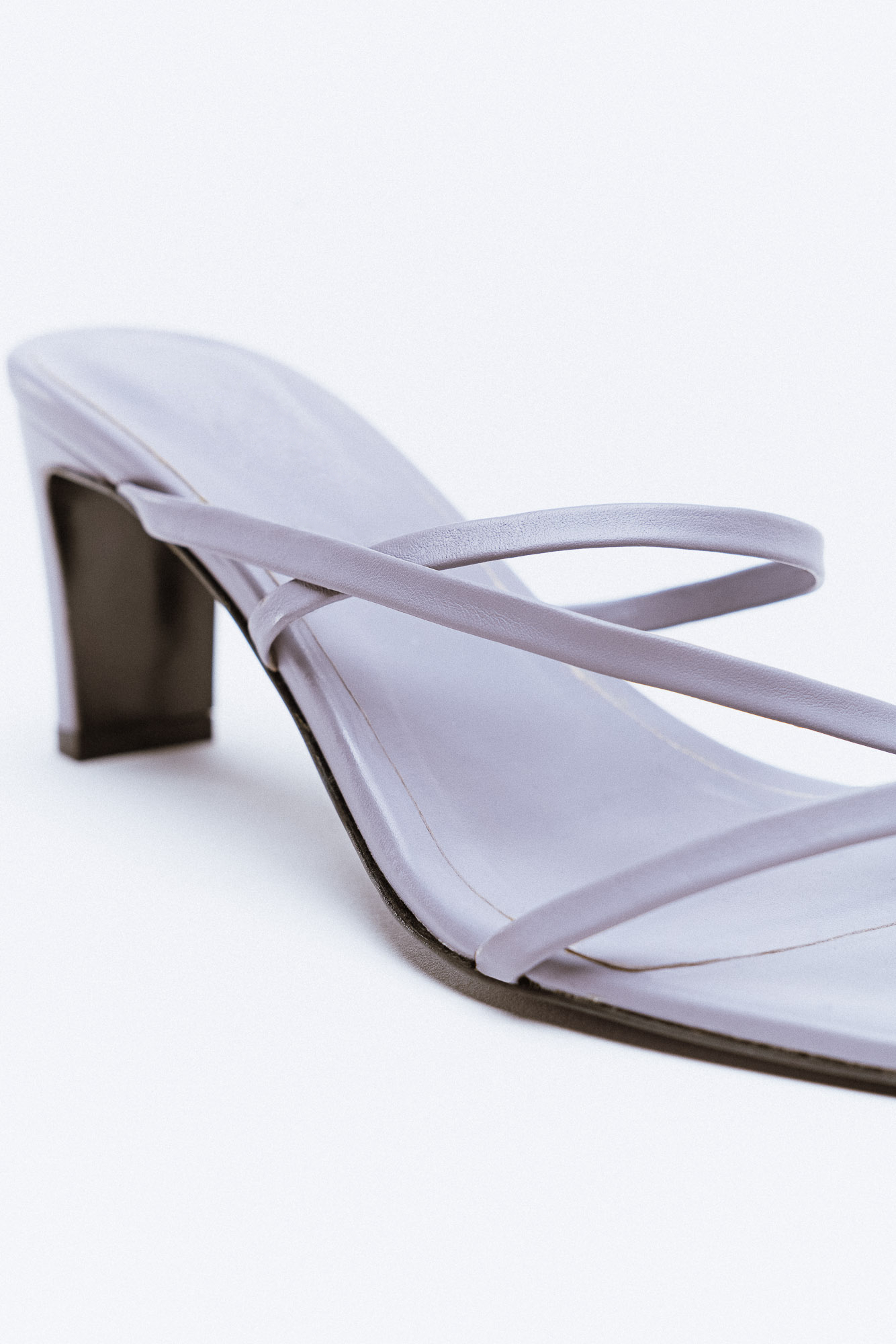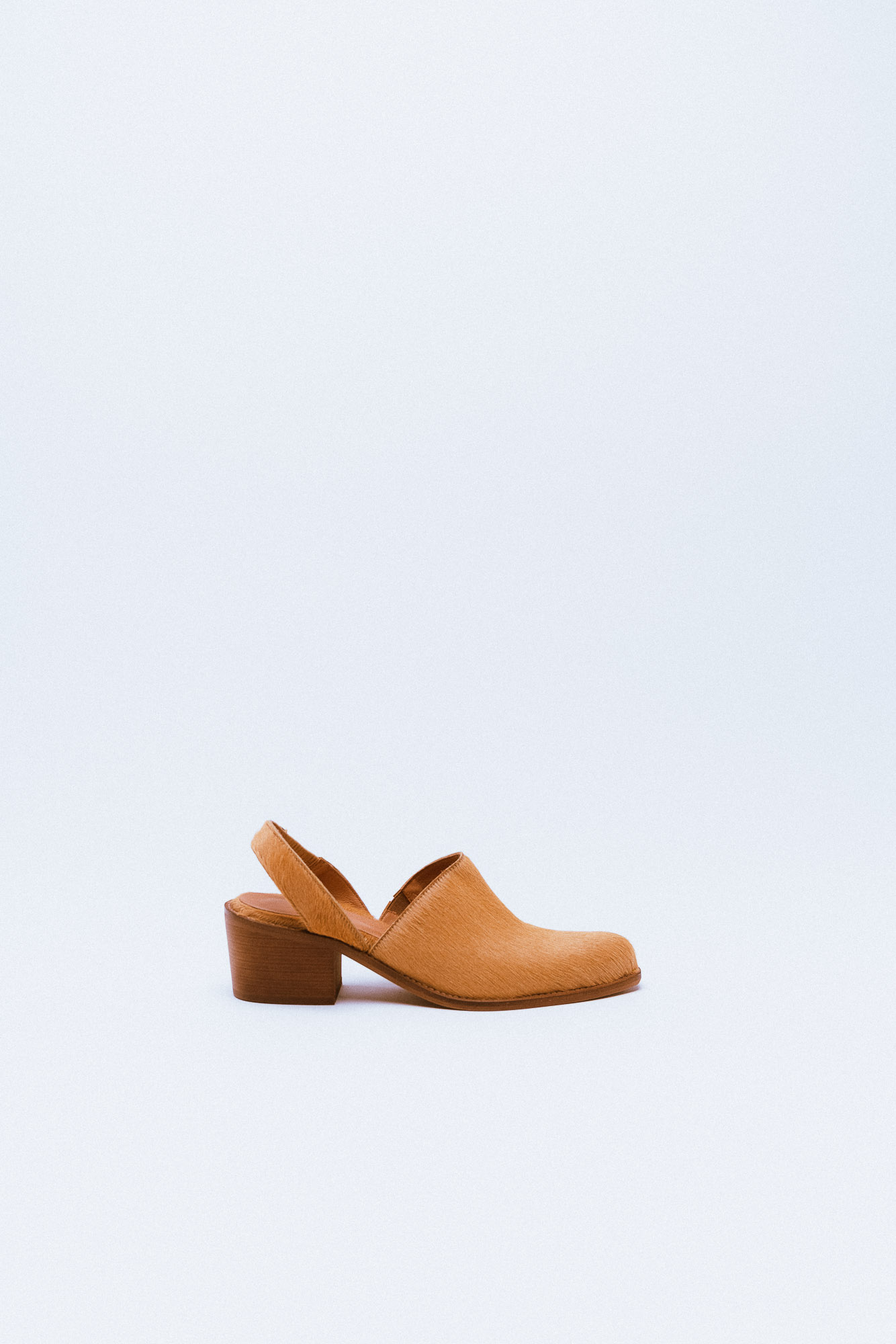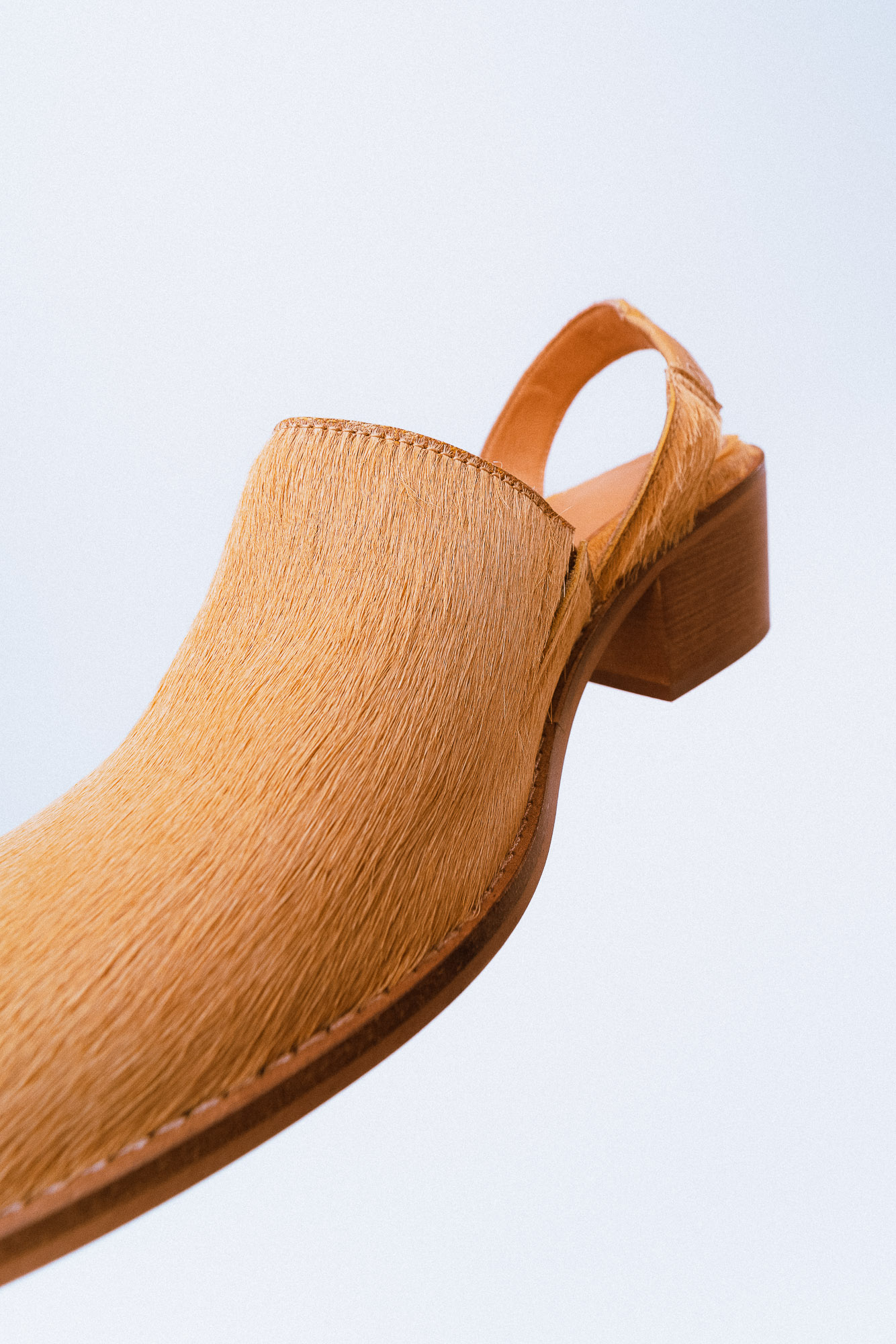Following the terrible accident at Rana Plaza, a law was passed obliging companies to follow strict rules concerning the labor rights and safety of their employees. To avoid scandals like this one, some of the companies that were relocating started to write “codes of conducts”: lists of standards to be respected (no child labor, no forced labor, no discrimination based on gender, race, or ethnic origin, working hours must comply with the legislation in force, wages must be fair…). Numerous reports have brought the subject of sustainable development goals to the forefront: in 1983, the Brundtland Report brought environmental issues to the forefront.
The IPCC (Intercontinental Panel on Climate Change) report, created by the United Nations, testifies to the fact that we will have to divide our current greenhouse gas emissions by 3 to respect the Paris Agreement.
As a result, world leaders agreed on 17 global goals for sustainable development that could mean an end to extreme poverty, inequality, and climate change by 2030. These 17 goals are divided into targets that explain the goals and help focus efforts.
For the textile industry we can target objective 12: « Responsible, Consumption and Production ». This objective is divided into elven targets aimed at creating actions for responsible consumption and production.
Other goals are crucial if we want change. As the textile industry is a major water polluter, goal 6: “Clean water and sanitation” ensures that water quality, wastewater treatment and safe reuse are improved.
Education and knowledge acquisition is necessary to promote sustainable development. Therefore goal 4: “Quality Education” is so important.
It is also necessary to decouple economic growth from environmental degradation, as stated in Goal 8: “Decent work and economic growth”.
Large organizations have understood the importance of changing their production model. Levi Strauss, for example, has set up the Climate Action Strategy. 2025, a plan to limit carbon emissions and make a major contribution to climate change. Another example is the major textile industry trade fairs such as Smart Vision which now has new areas dedicated to sustainable materials.
The European Commission recently presented its new eco-design strategy and could force fashion brands to make their clothes more sustainable and recyclable. In particular, brands could be obliged to use a minimum of recycled materials in their products and thus reduce plastics.
Our Commitments At Portugal Shoes:
-Goal 1: “No poverty”. And poverty in all its forms everywhere.
-Goal 5: “Gender equality”. Achieve gender equality and empower all women and girls.
-Goal 8: “Decent work and economic growth”. Promote sustained, inclusive, and sustainable economic growth, full and productive employment, and decent work for all.
-Goal 9: “Industry, innovation, and infrastructure”. Build resilient infrastructure, promote inclusive and sustainable industrialization and foster innovation.
-Goal 12: “Responsible consumption and production”. Build resilient infrastructure, promote inclusive and sustainable industrialization and faster innovation.
We want everyone involved in the process to have a safe, fair, and equal working environment!
Know more about the fashion industry at:
Fashion Tech: how will the future look for the shoes industry?





